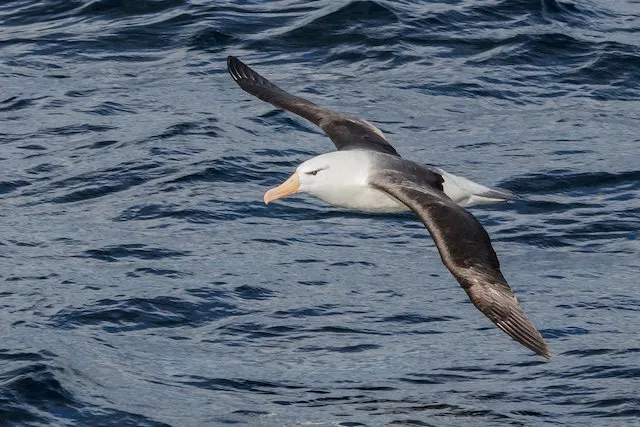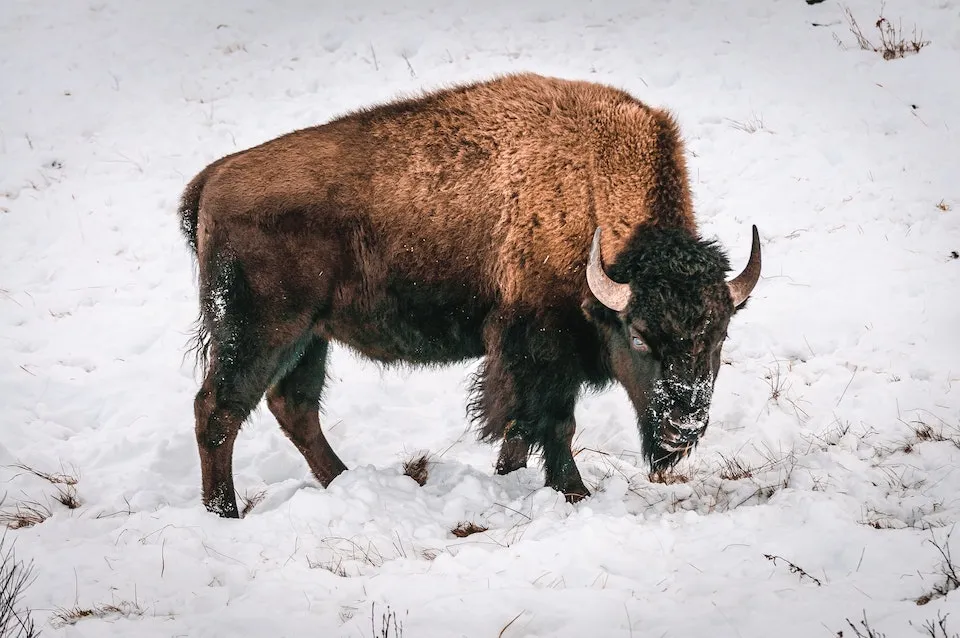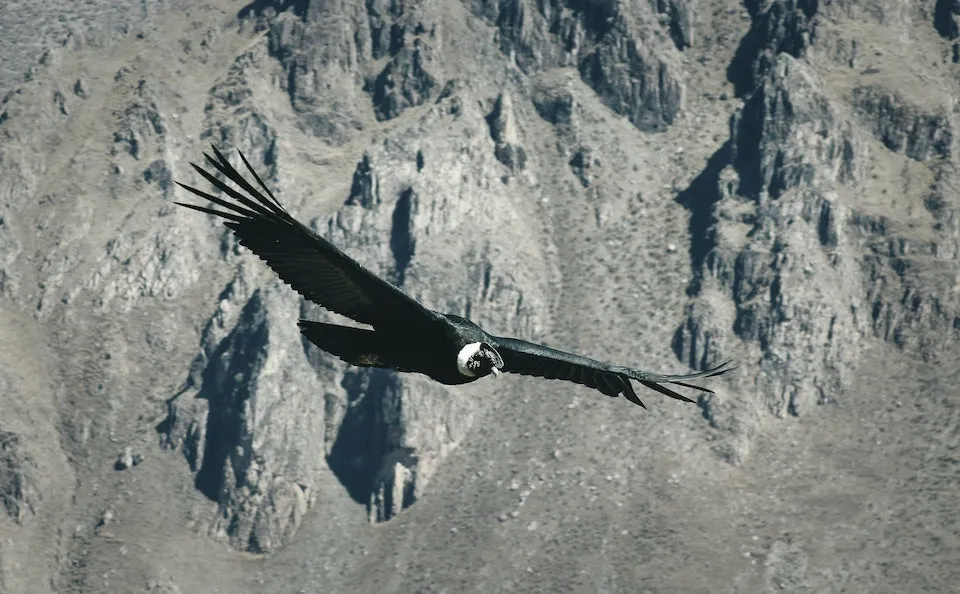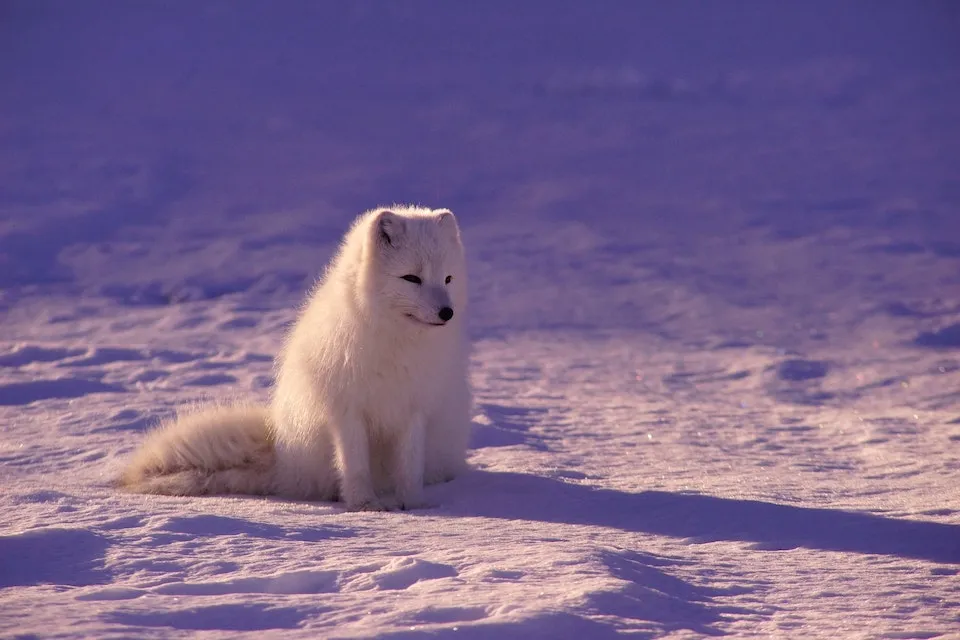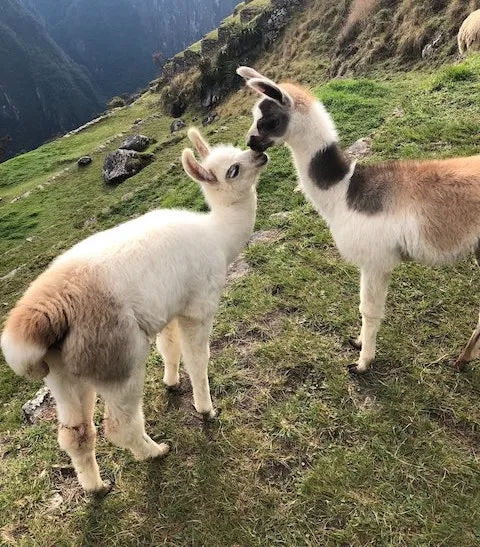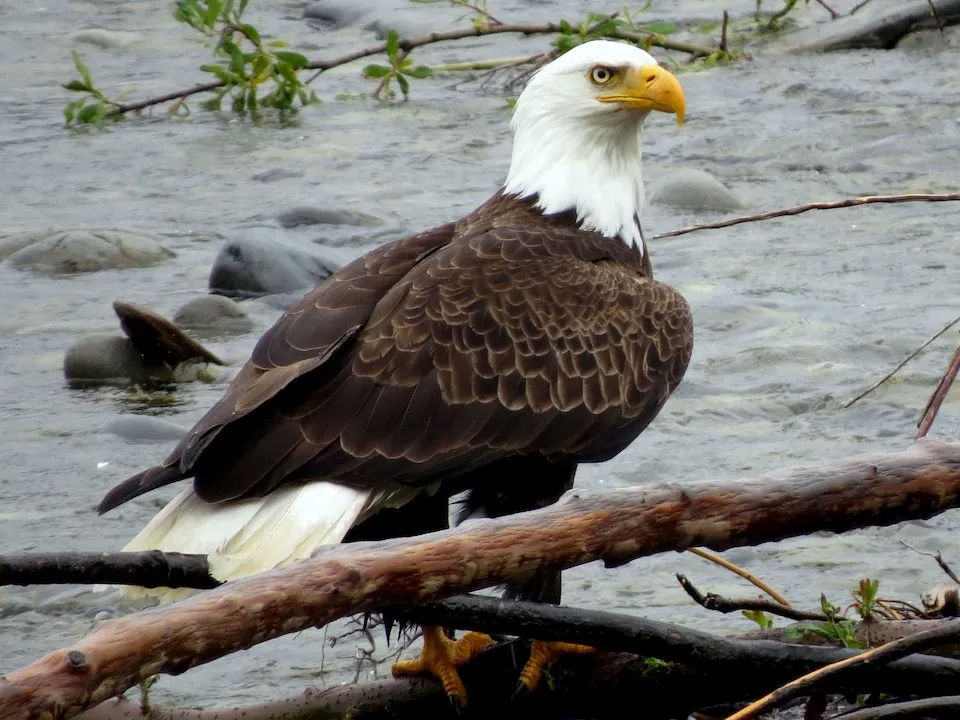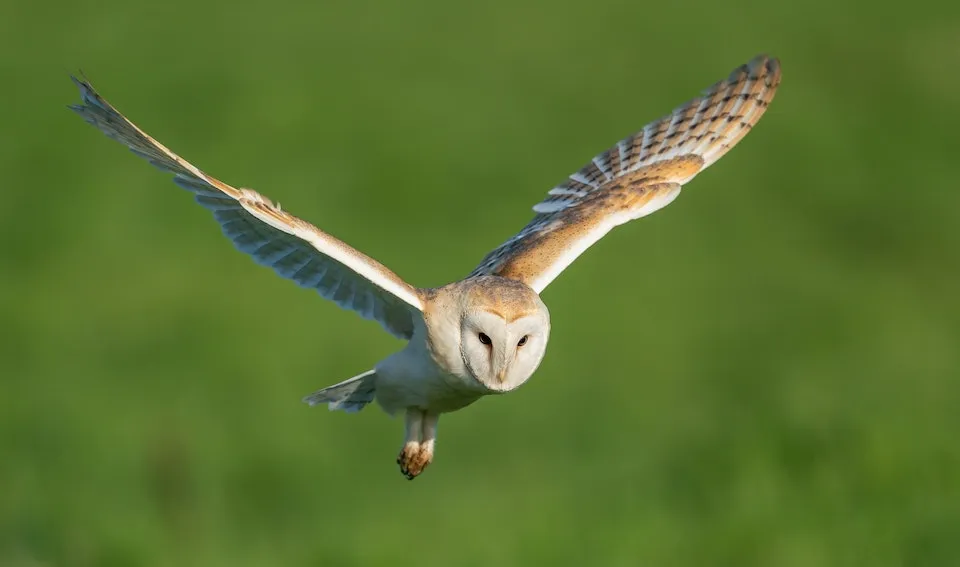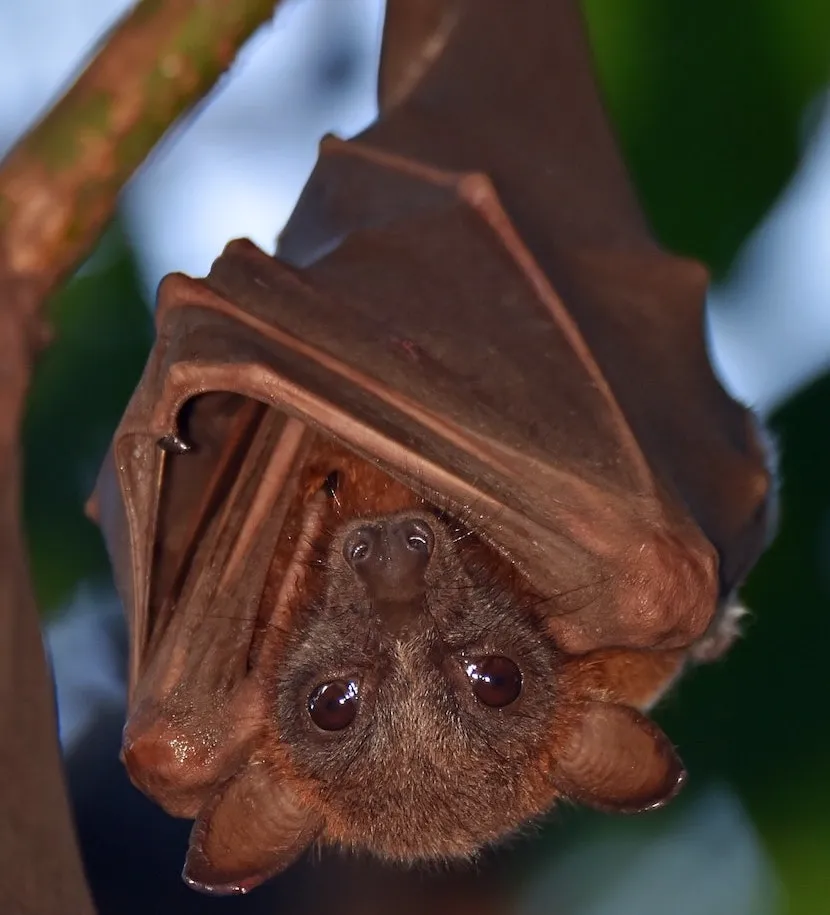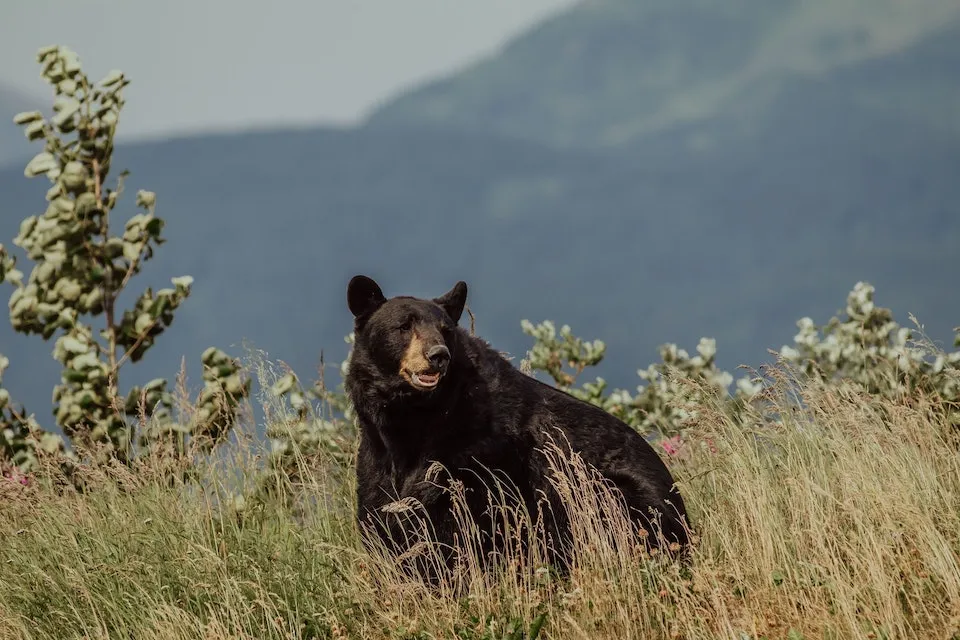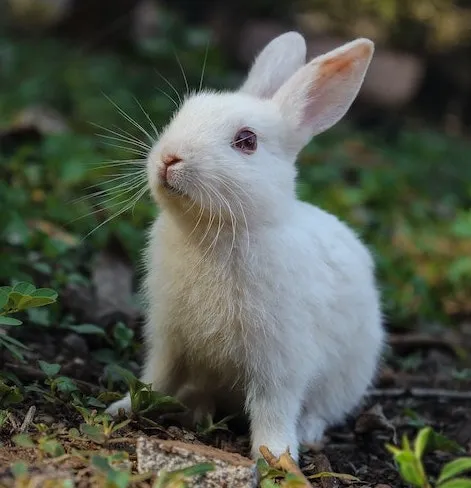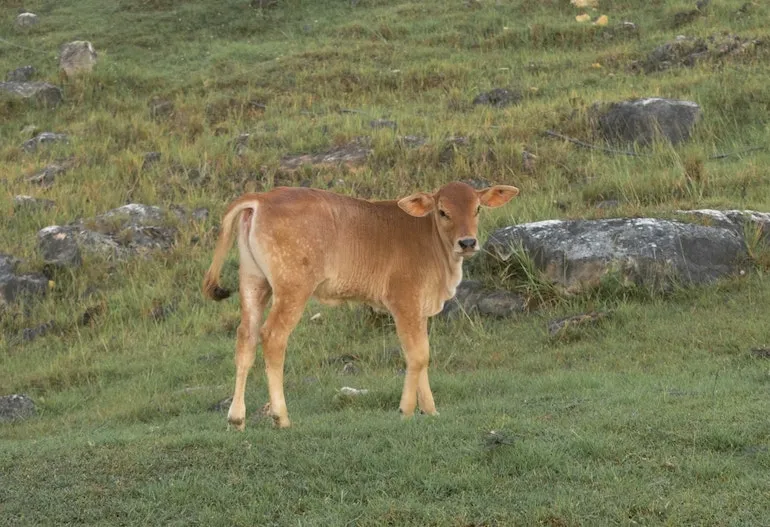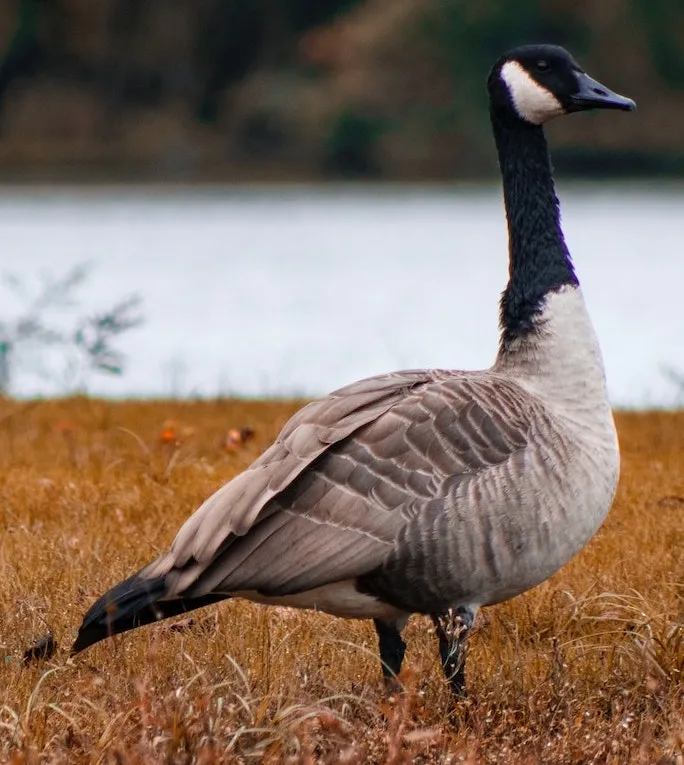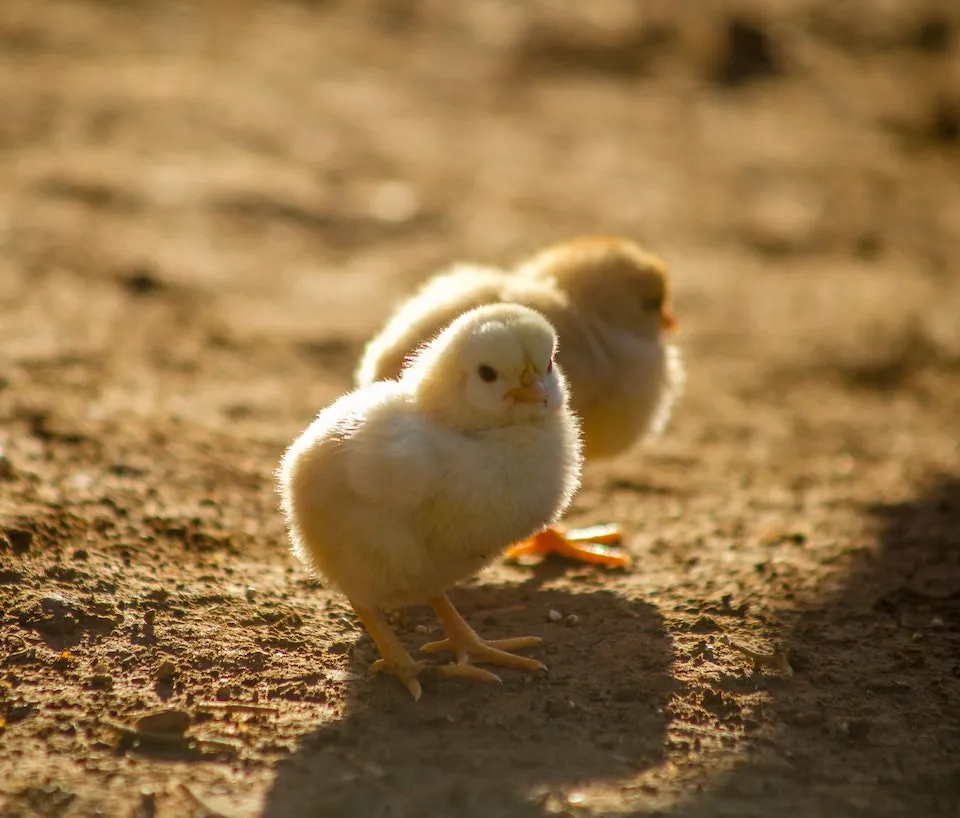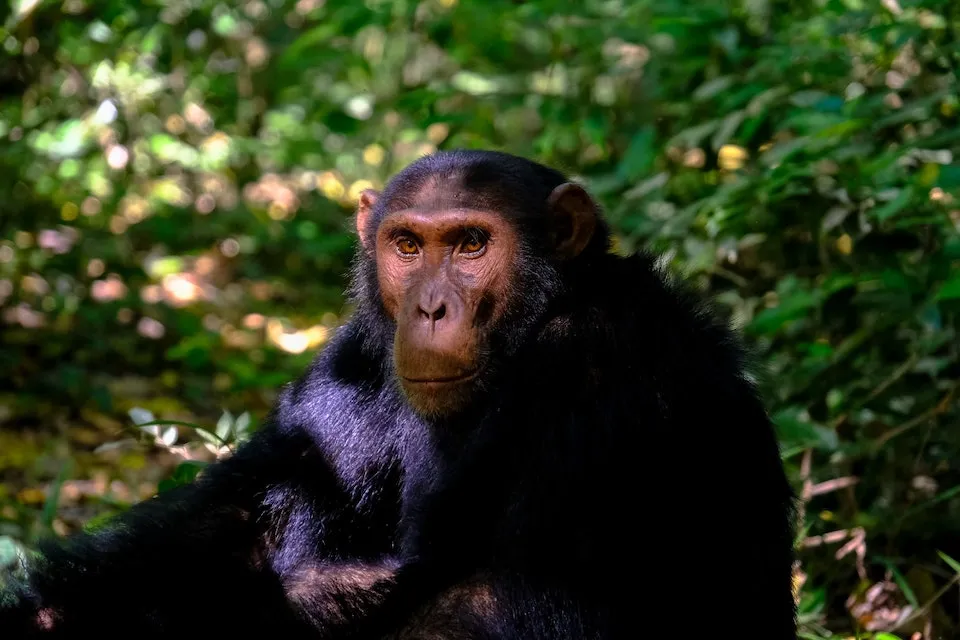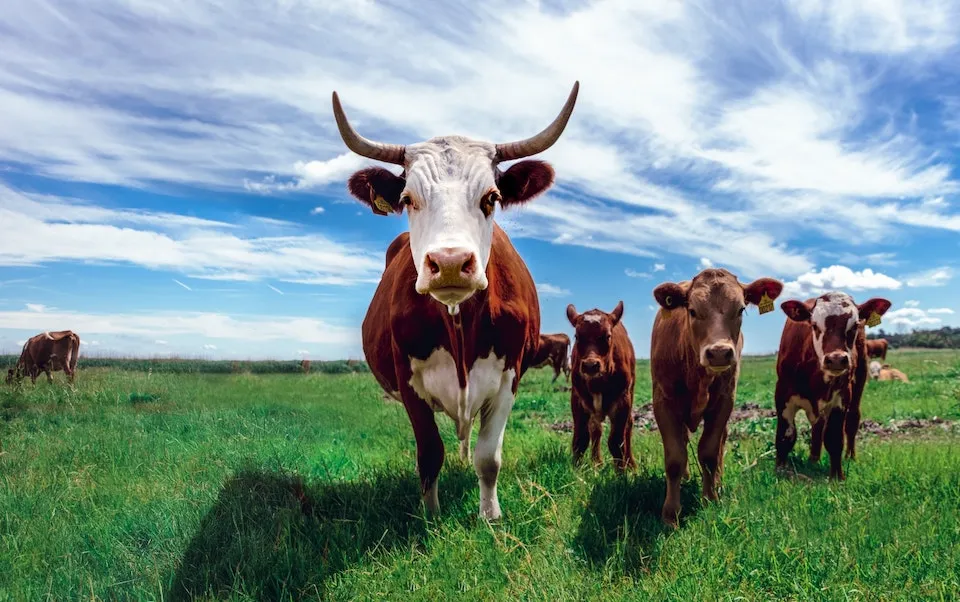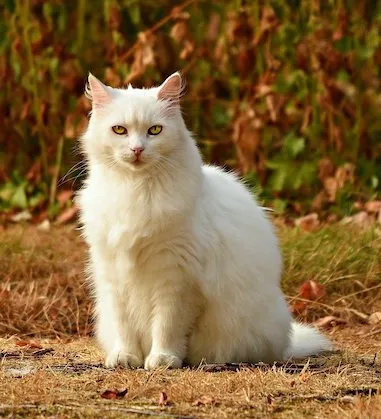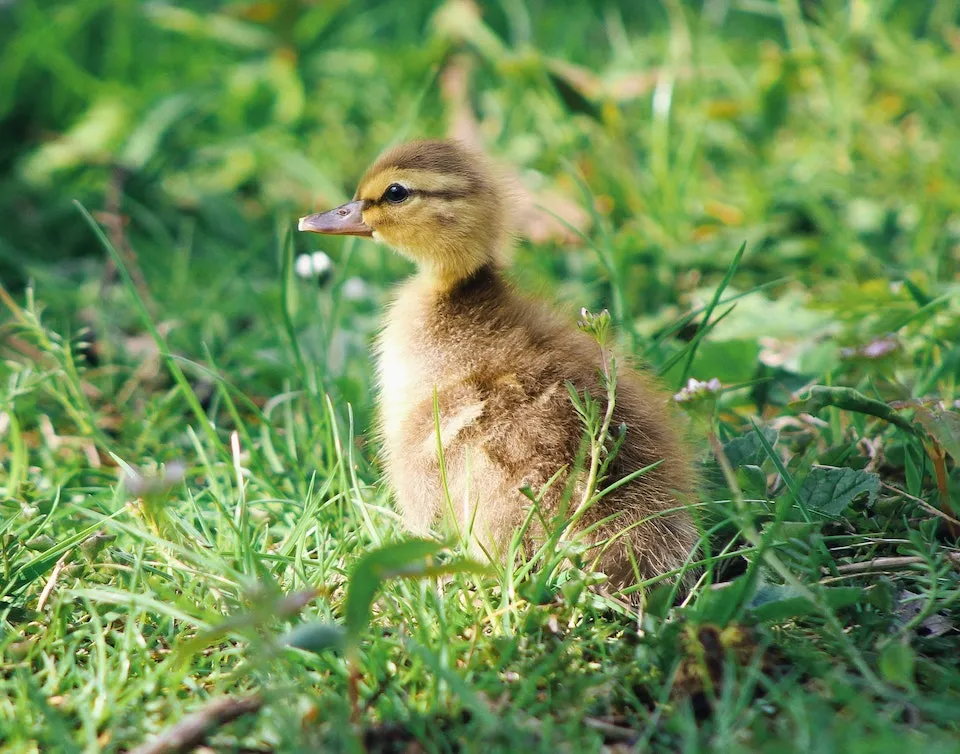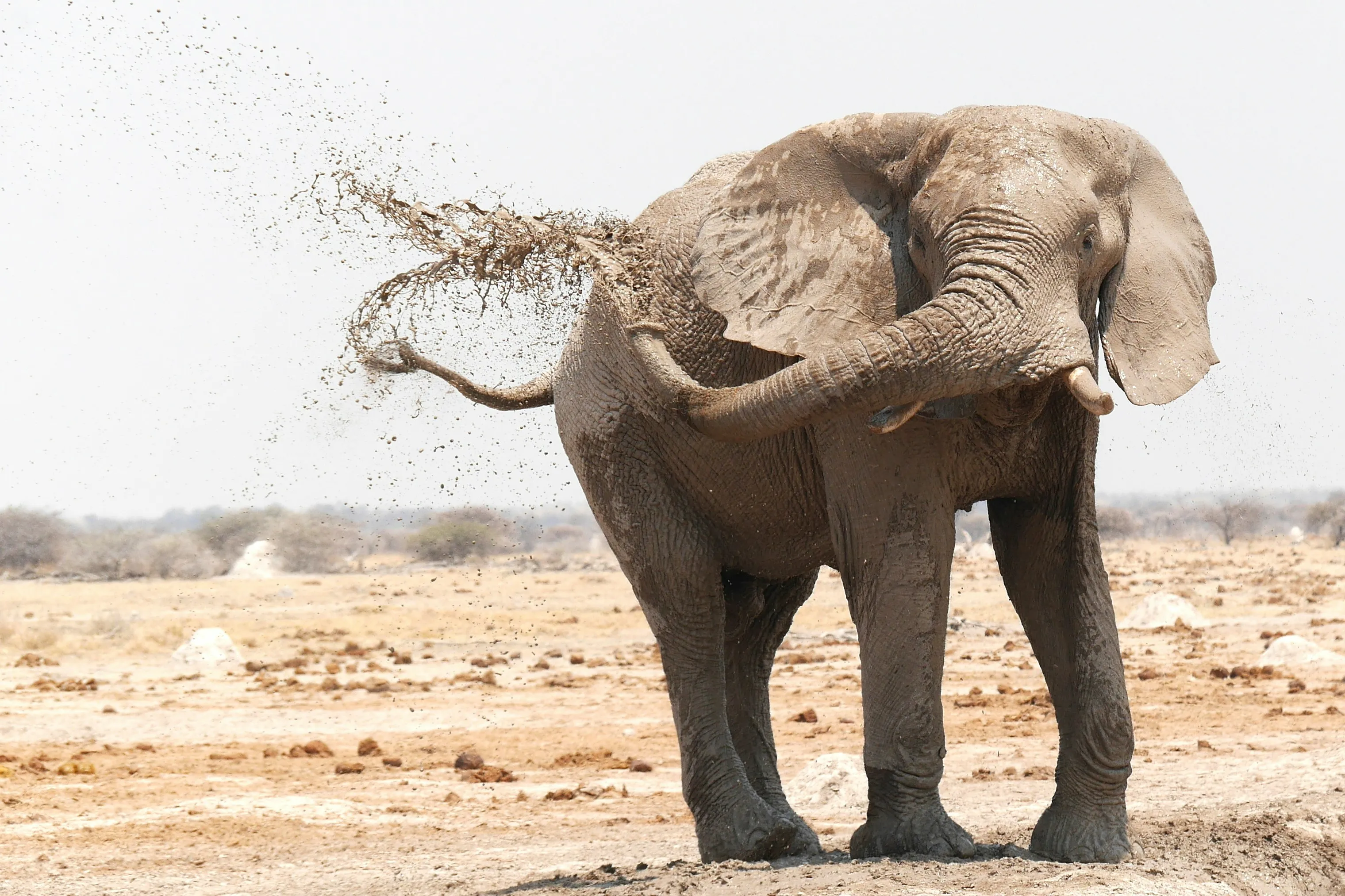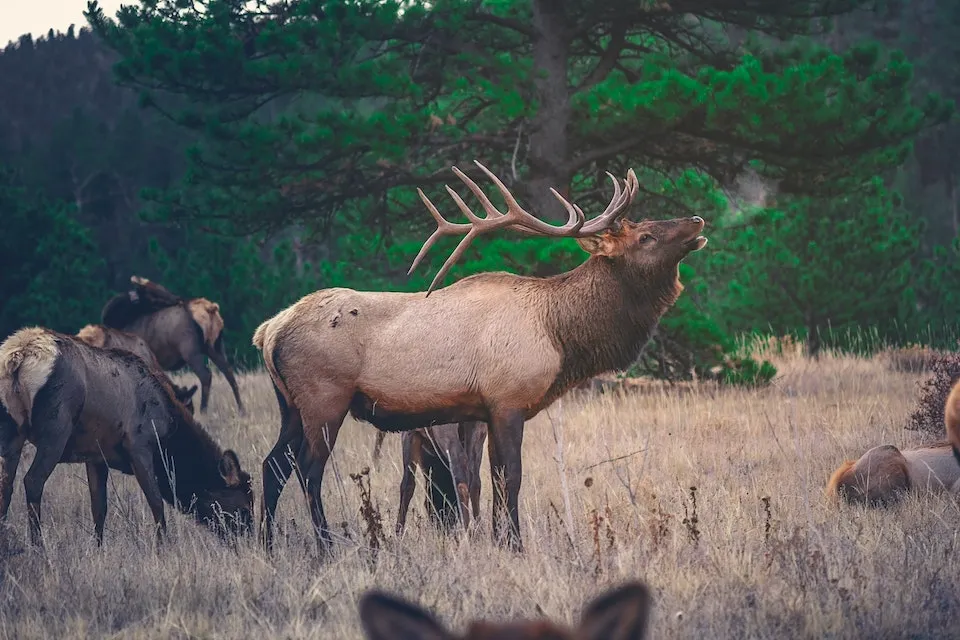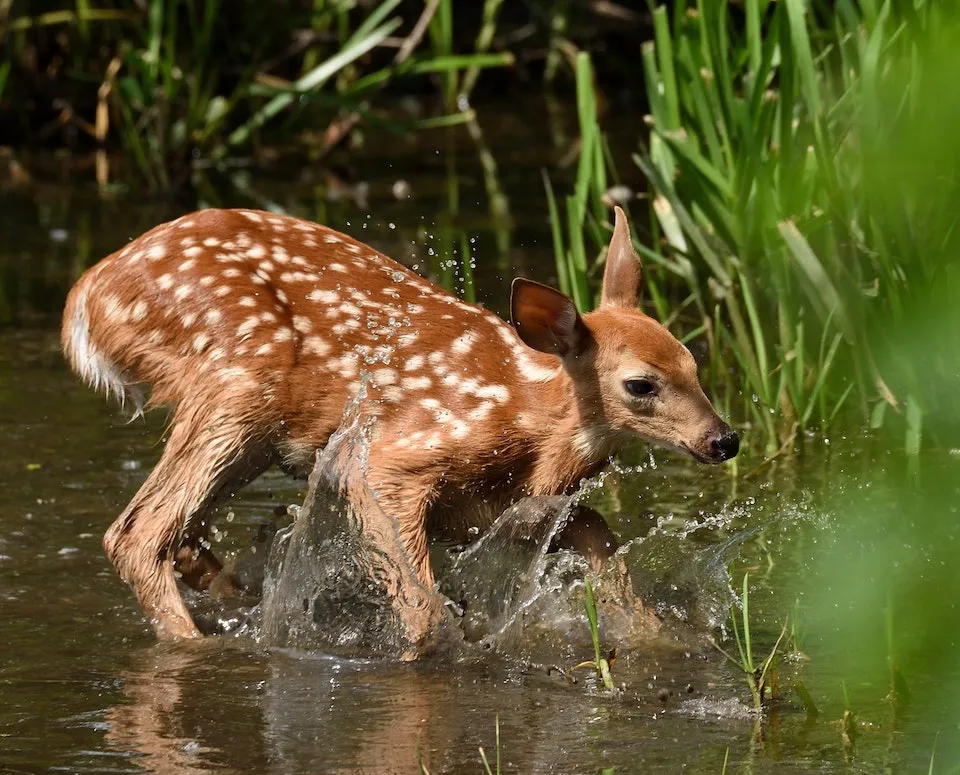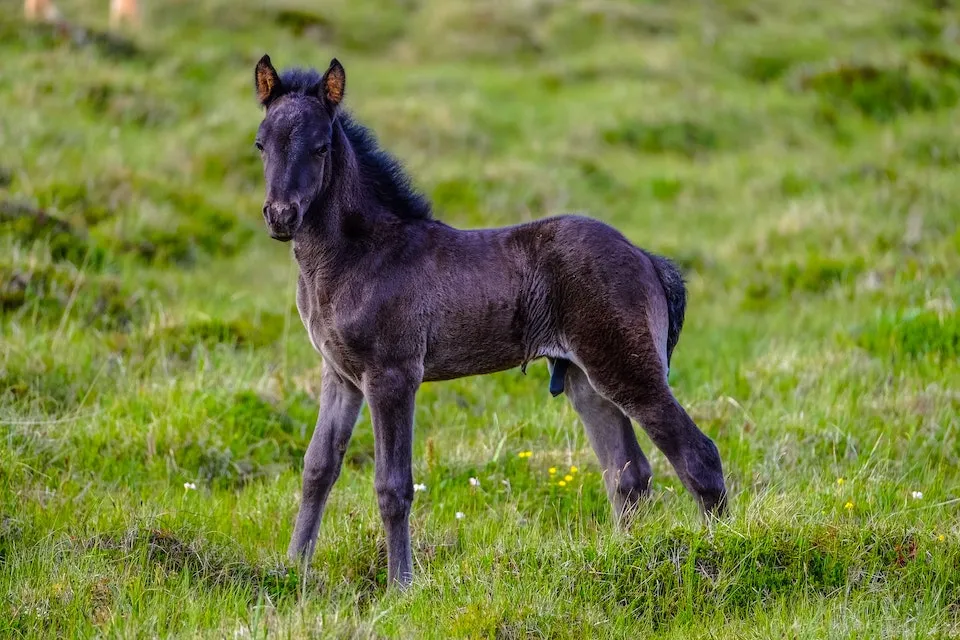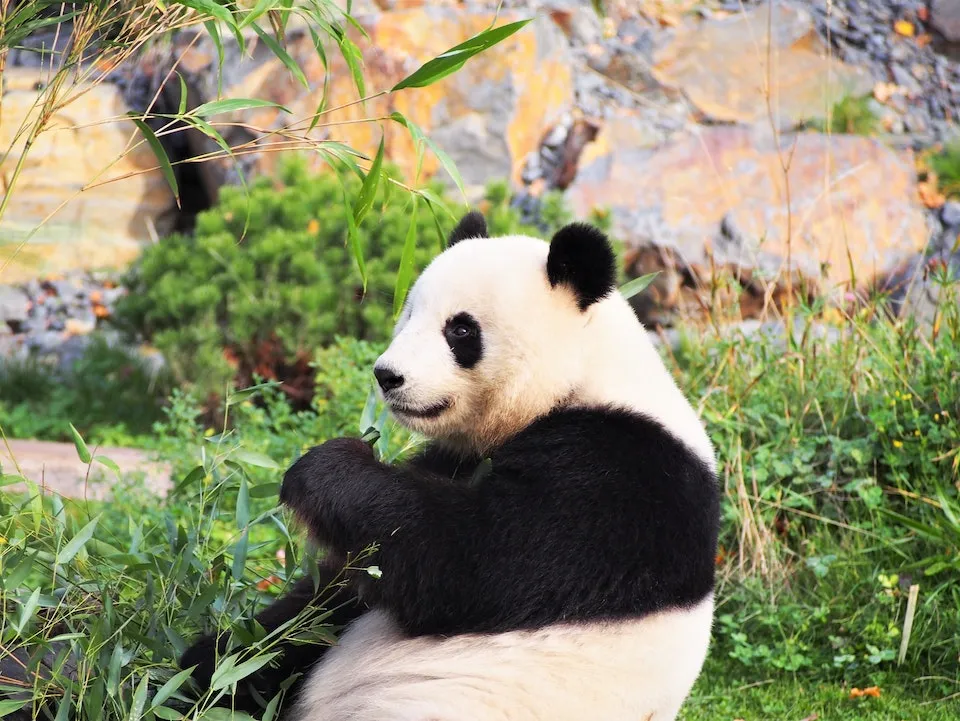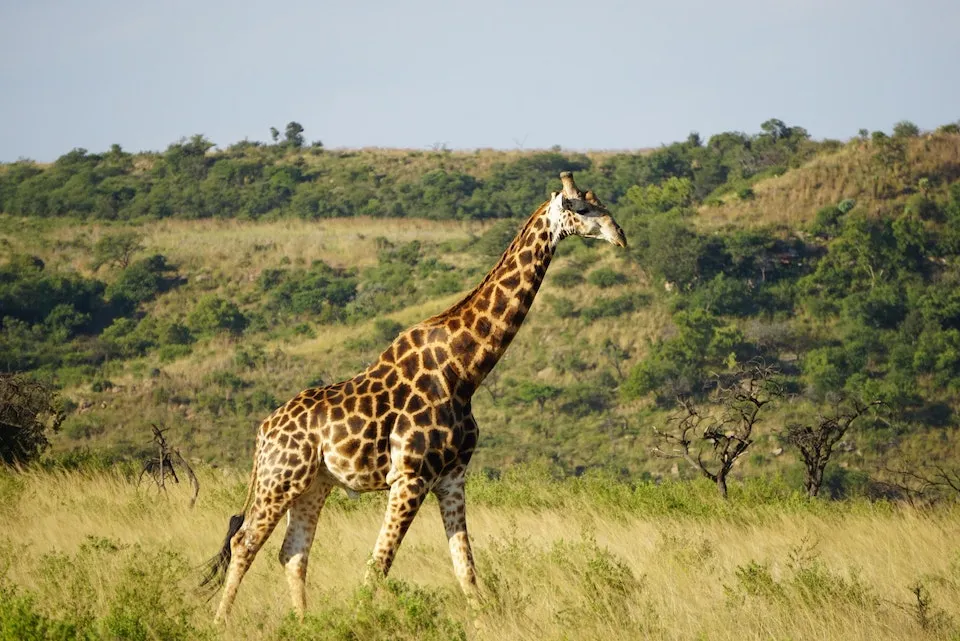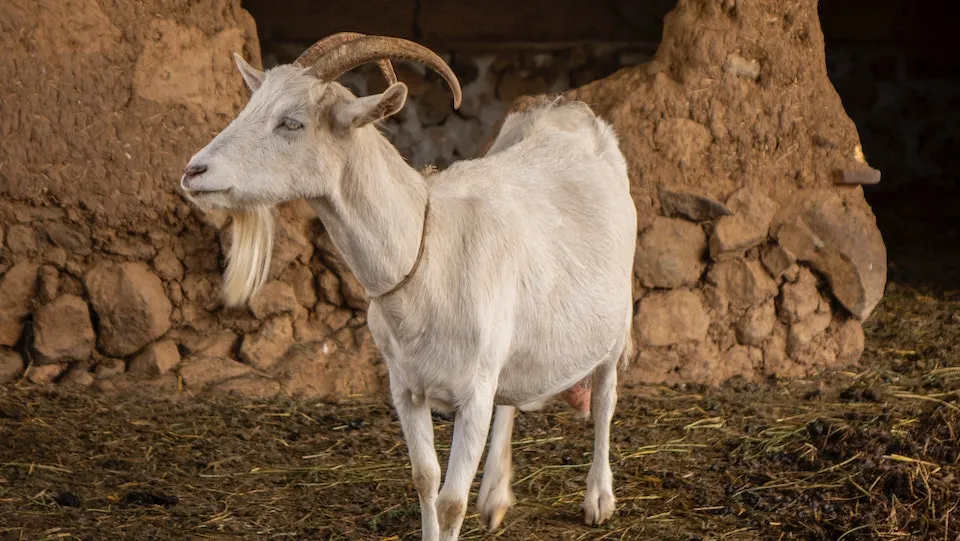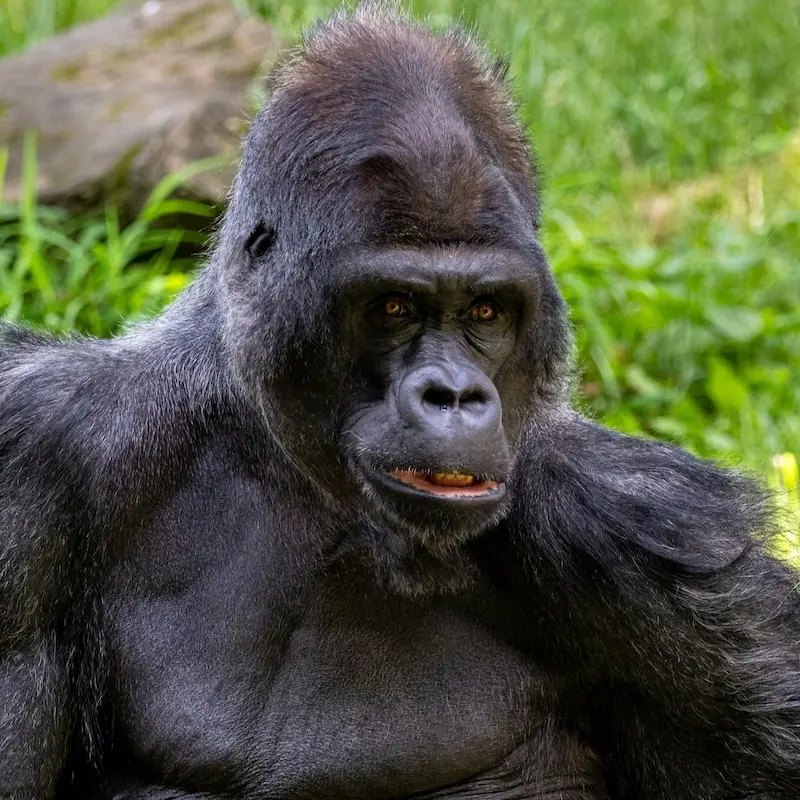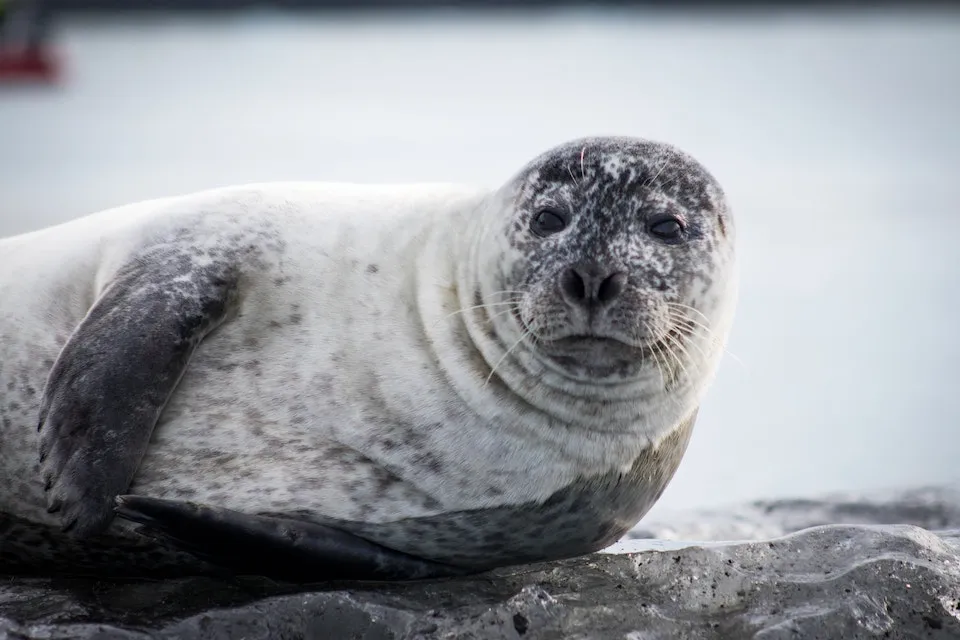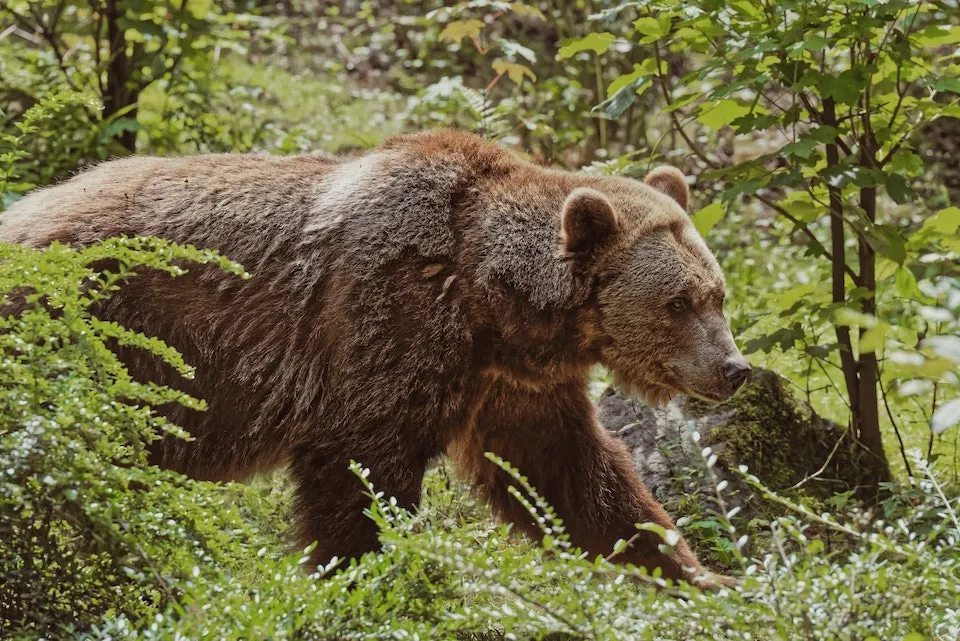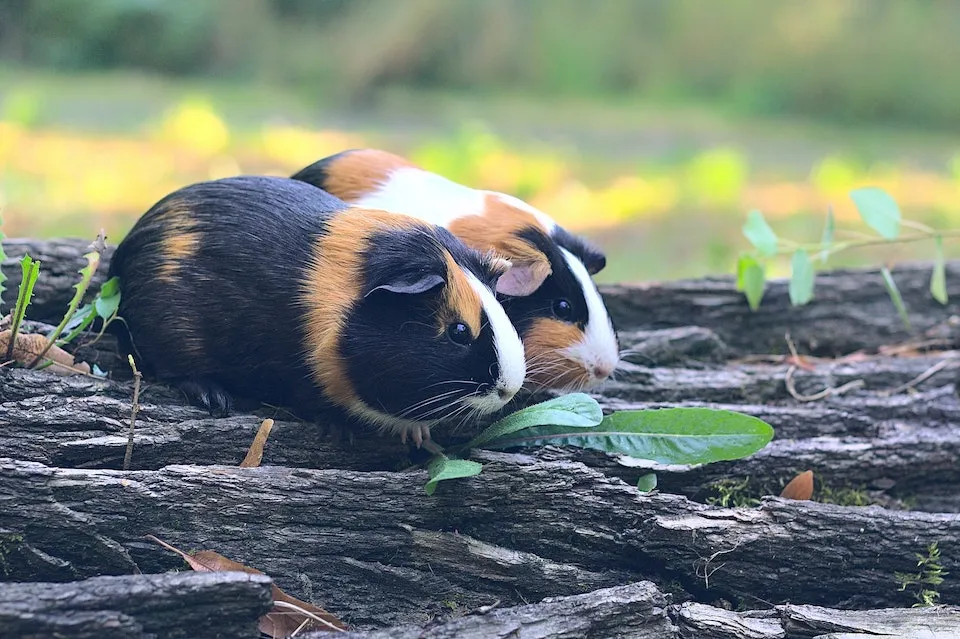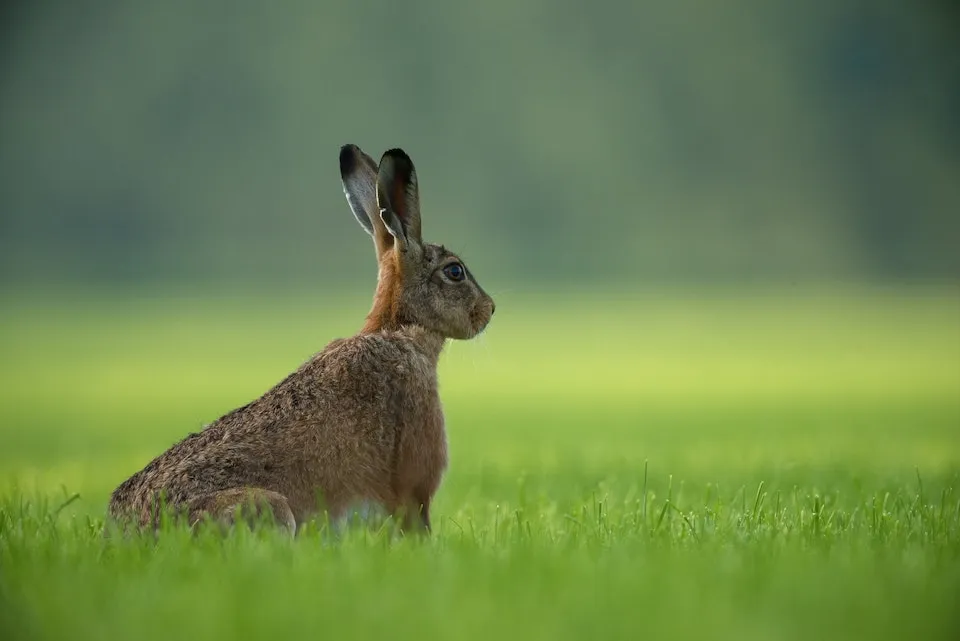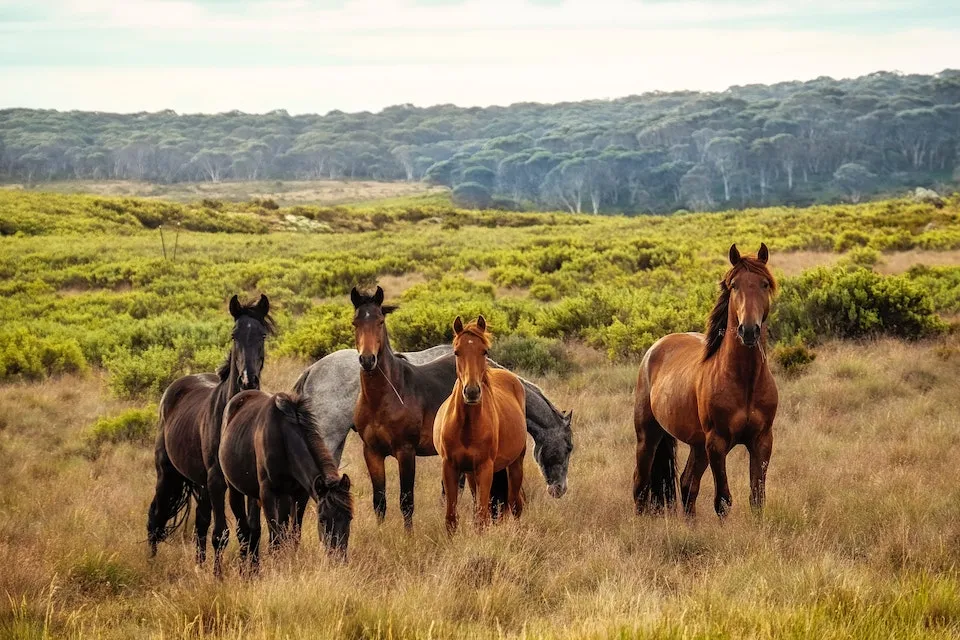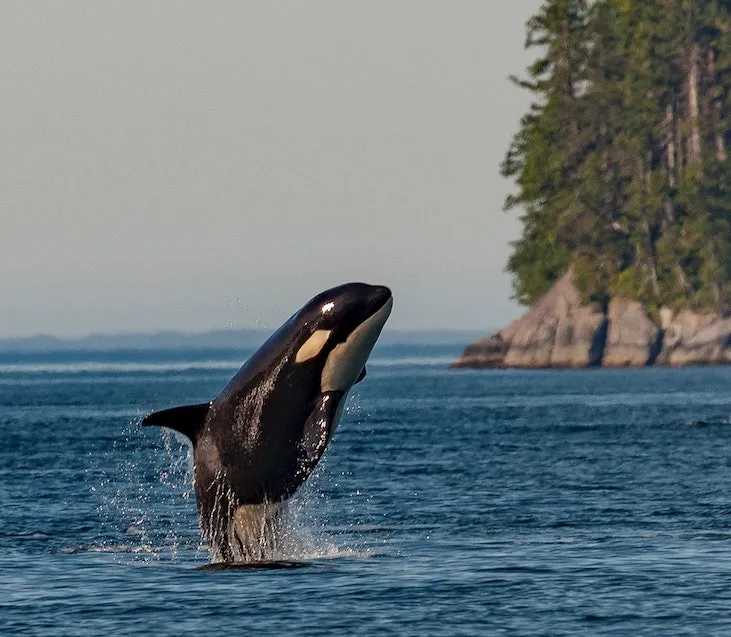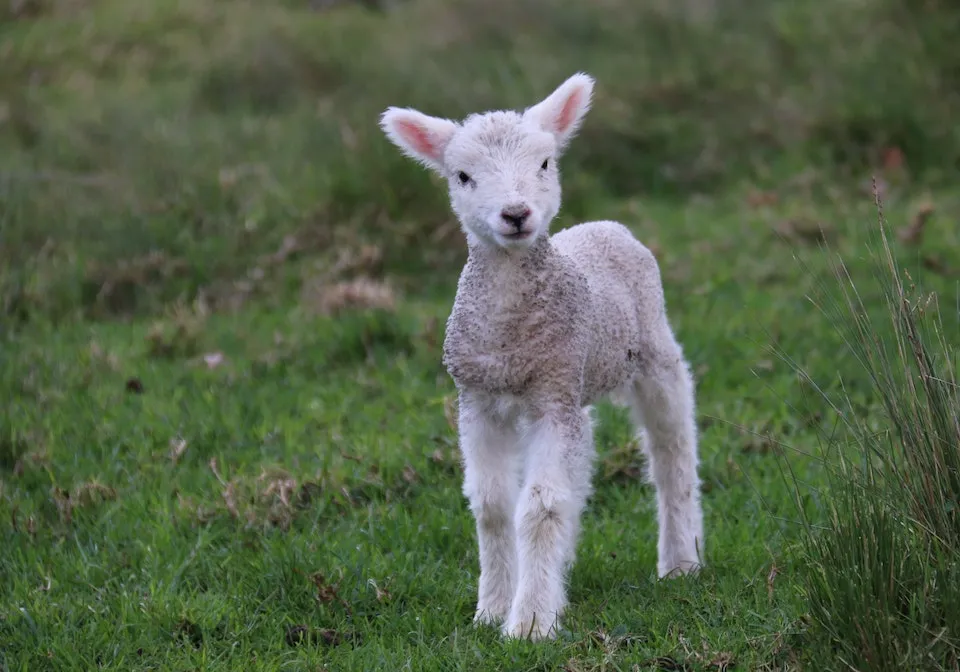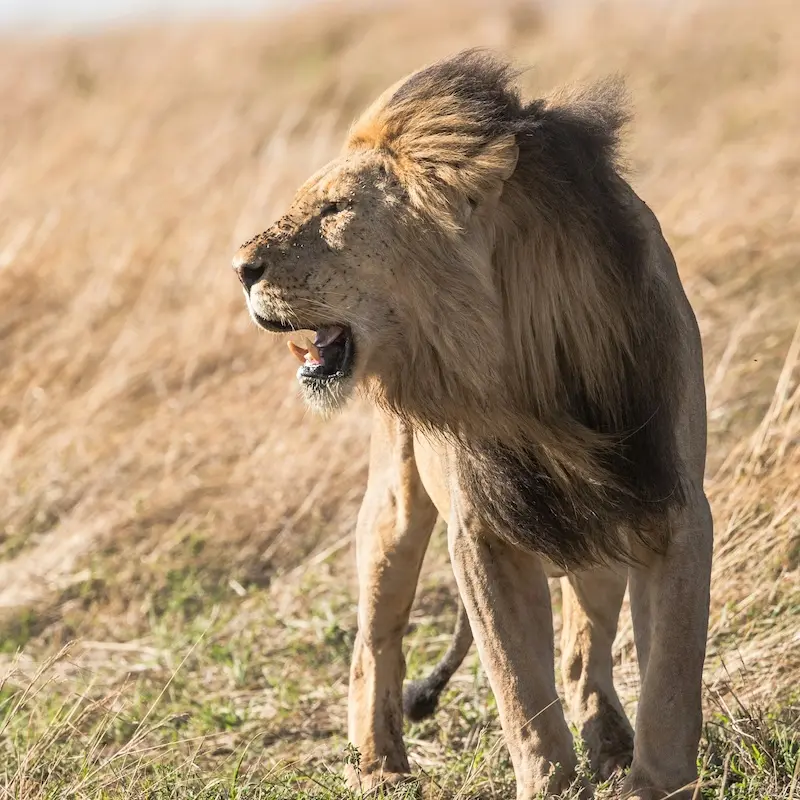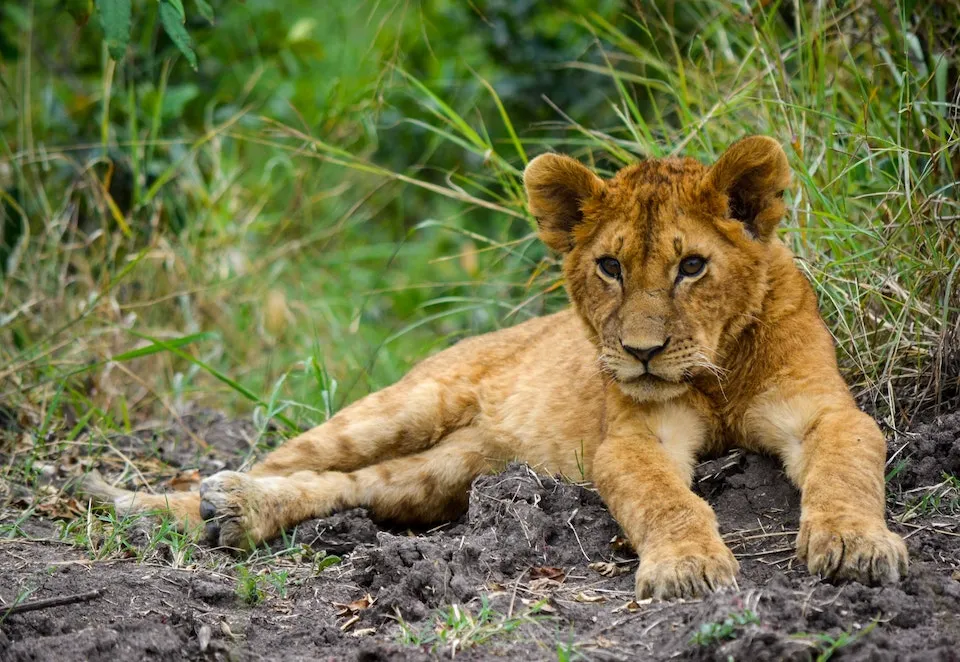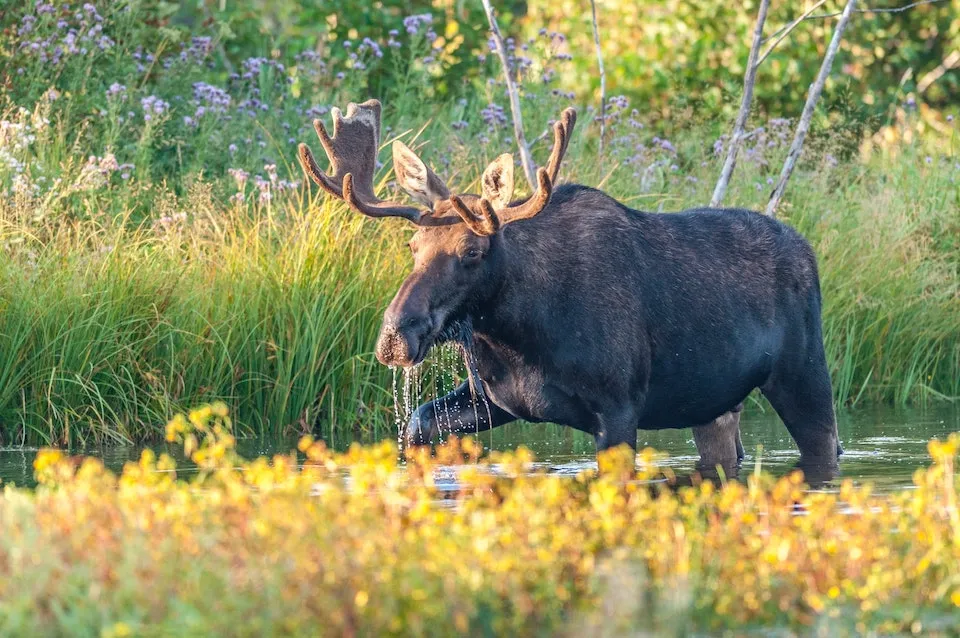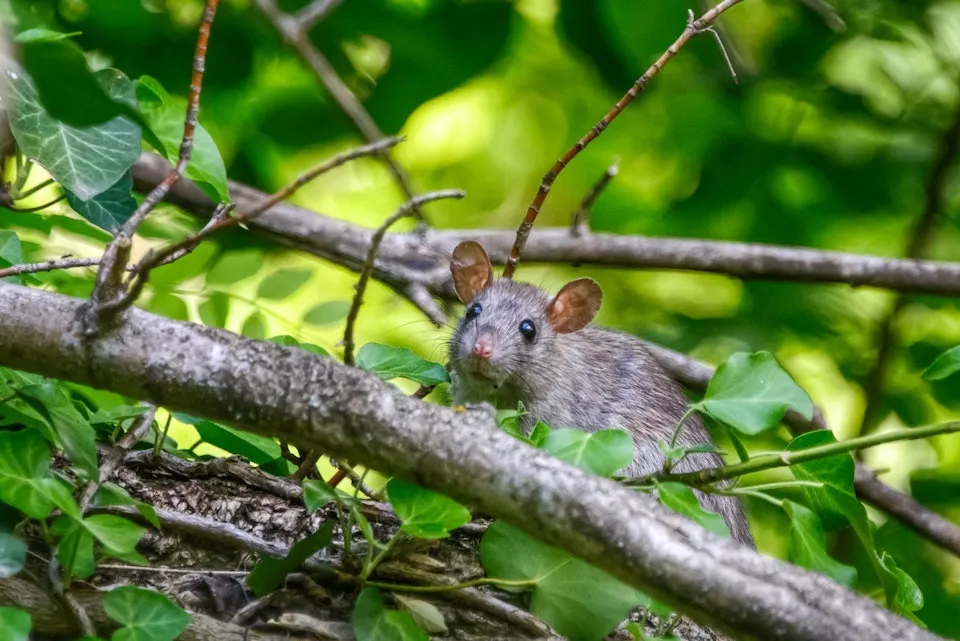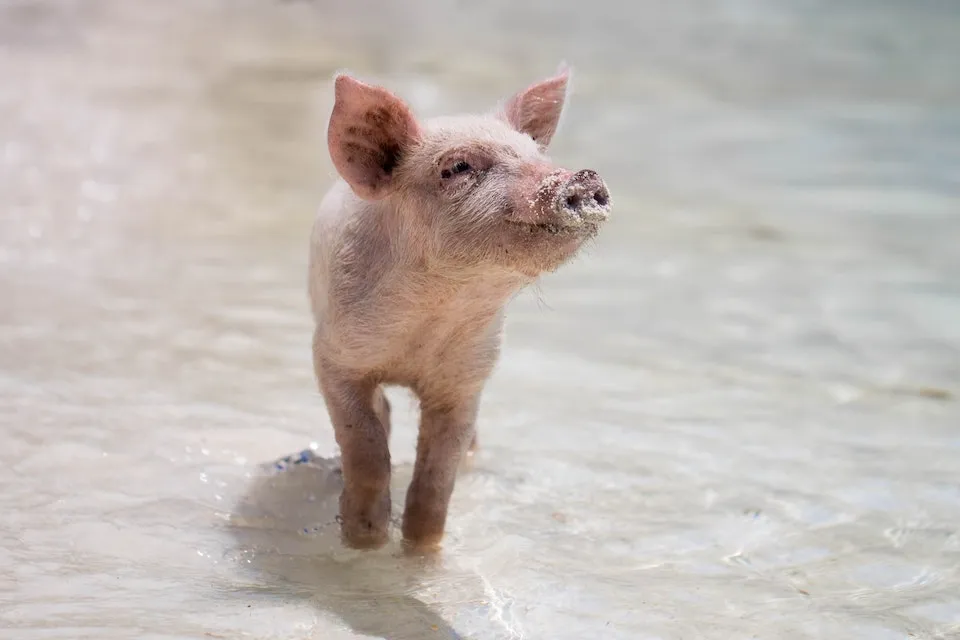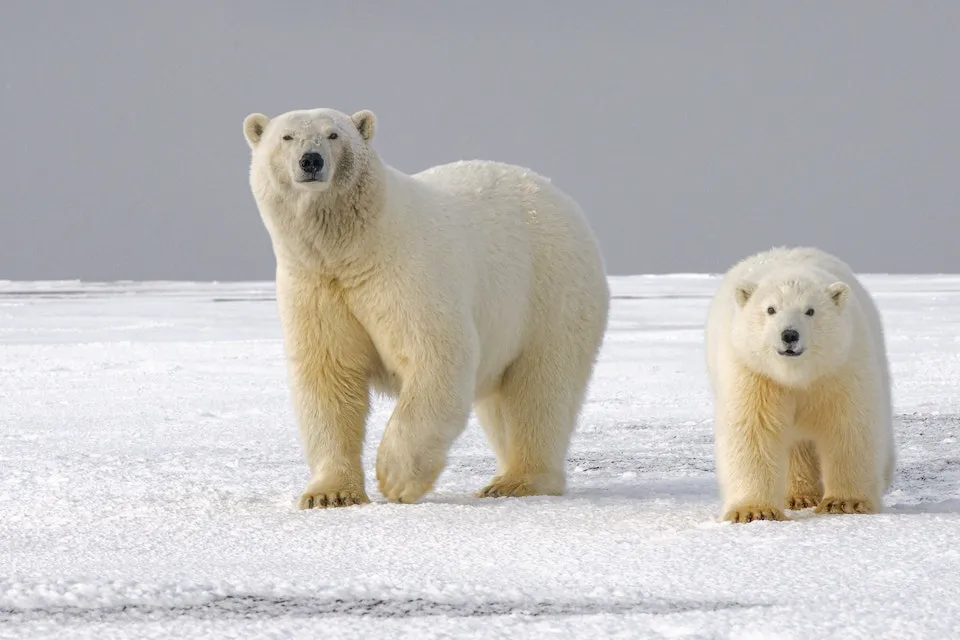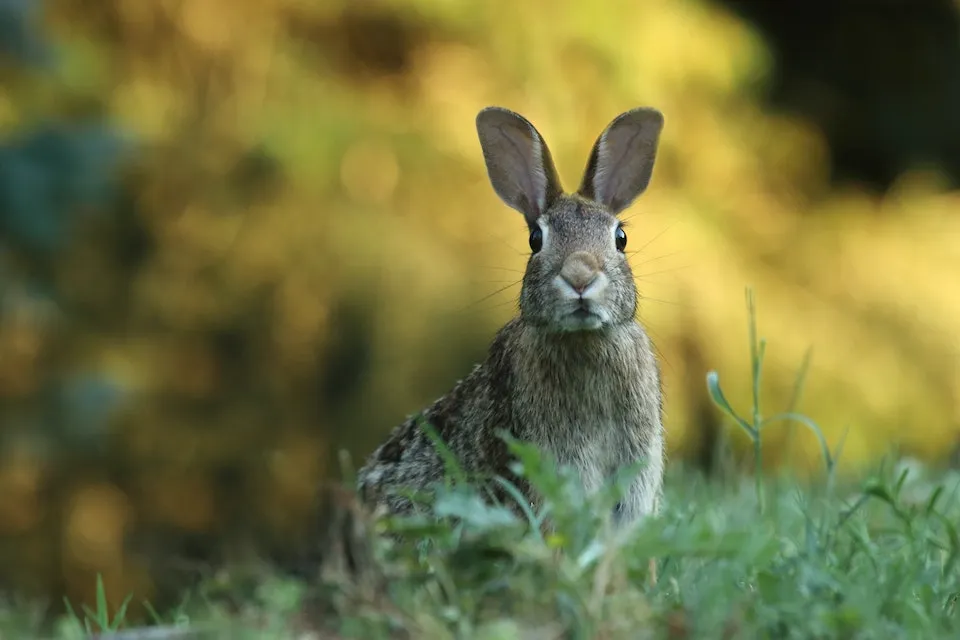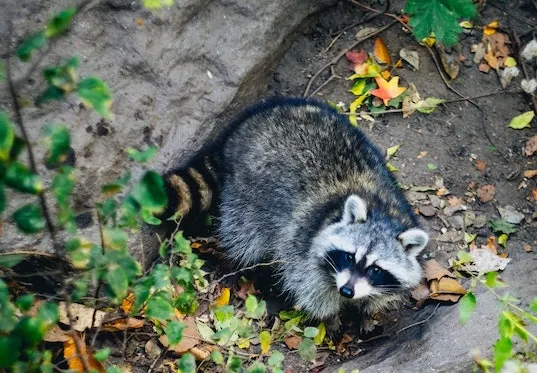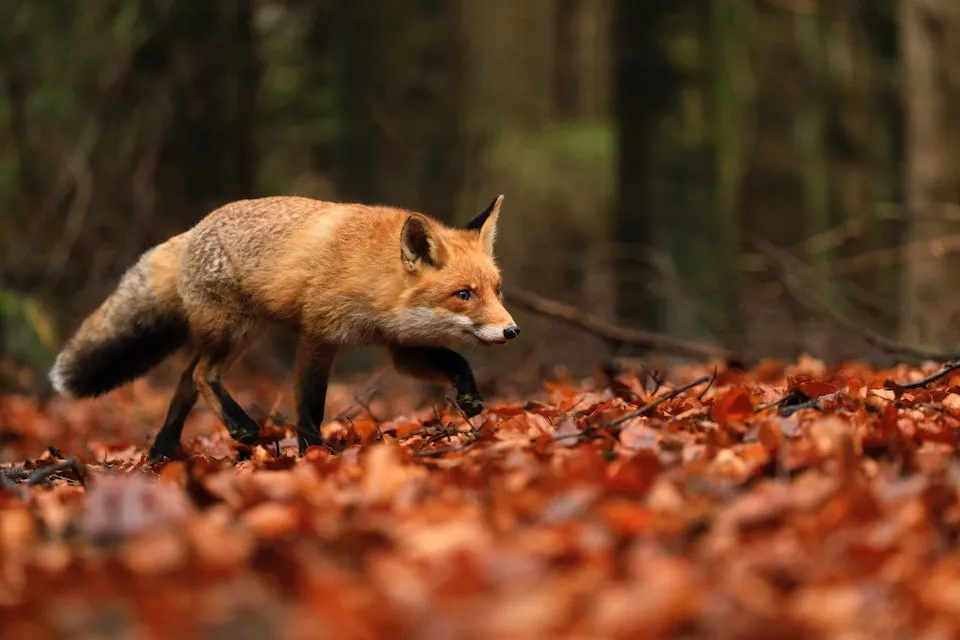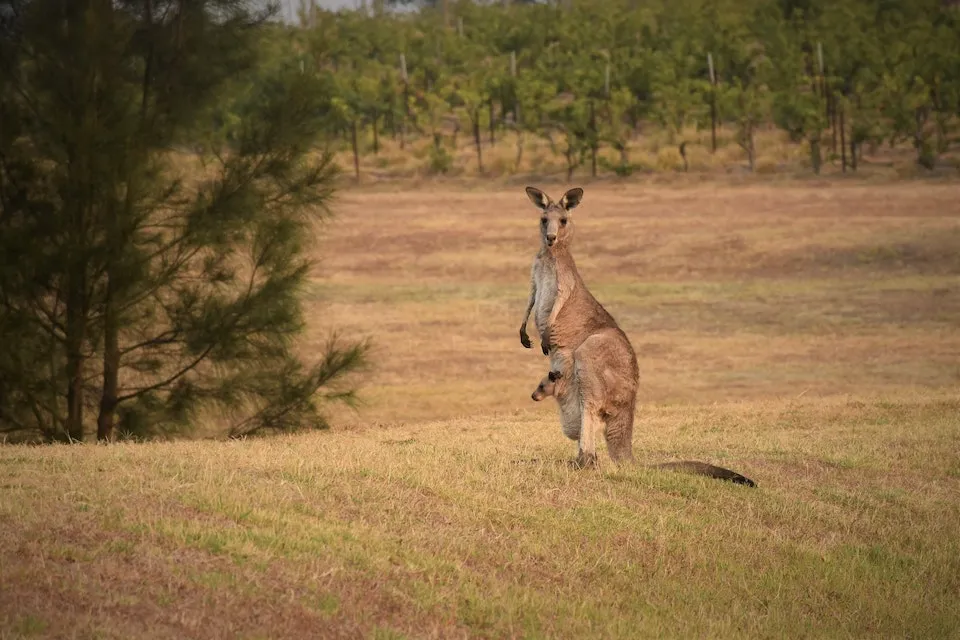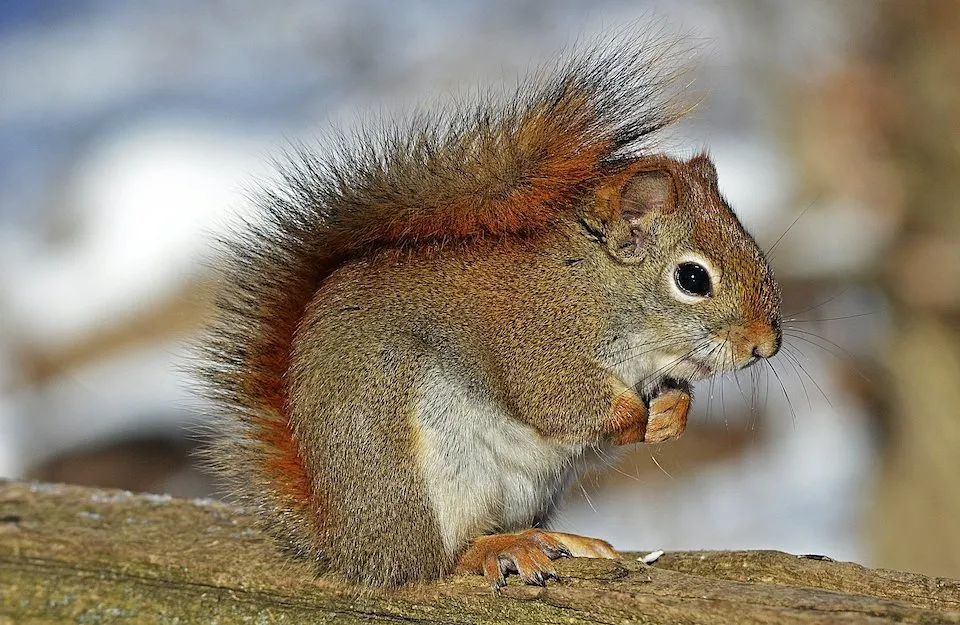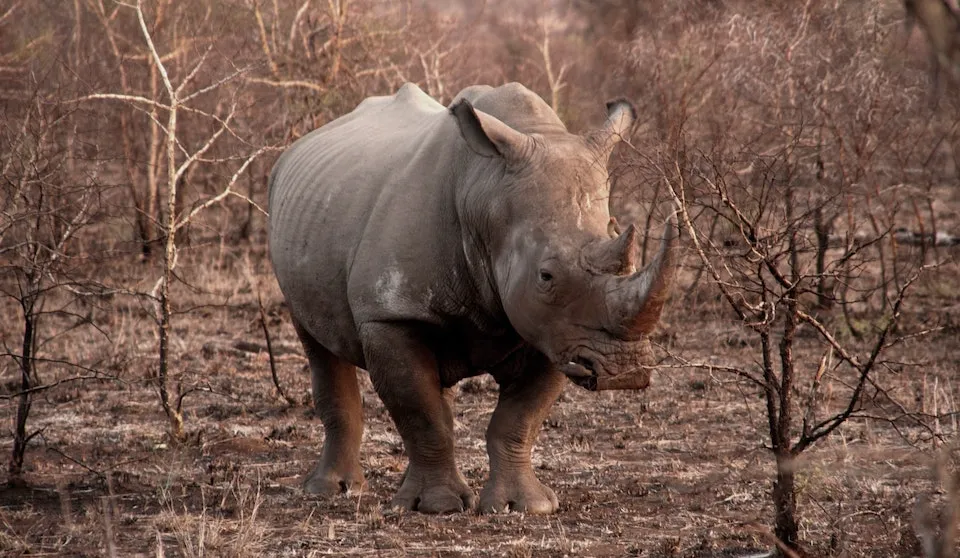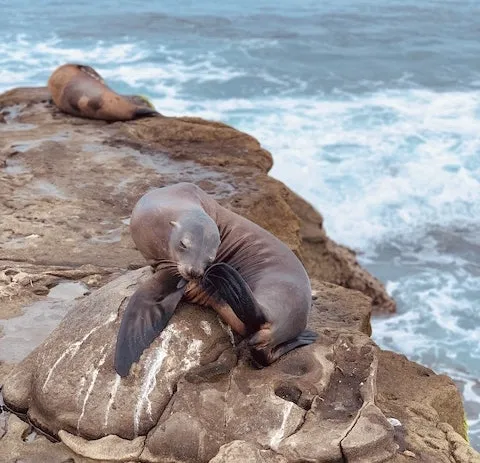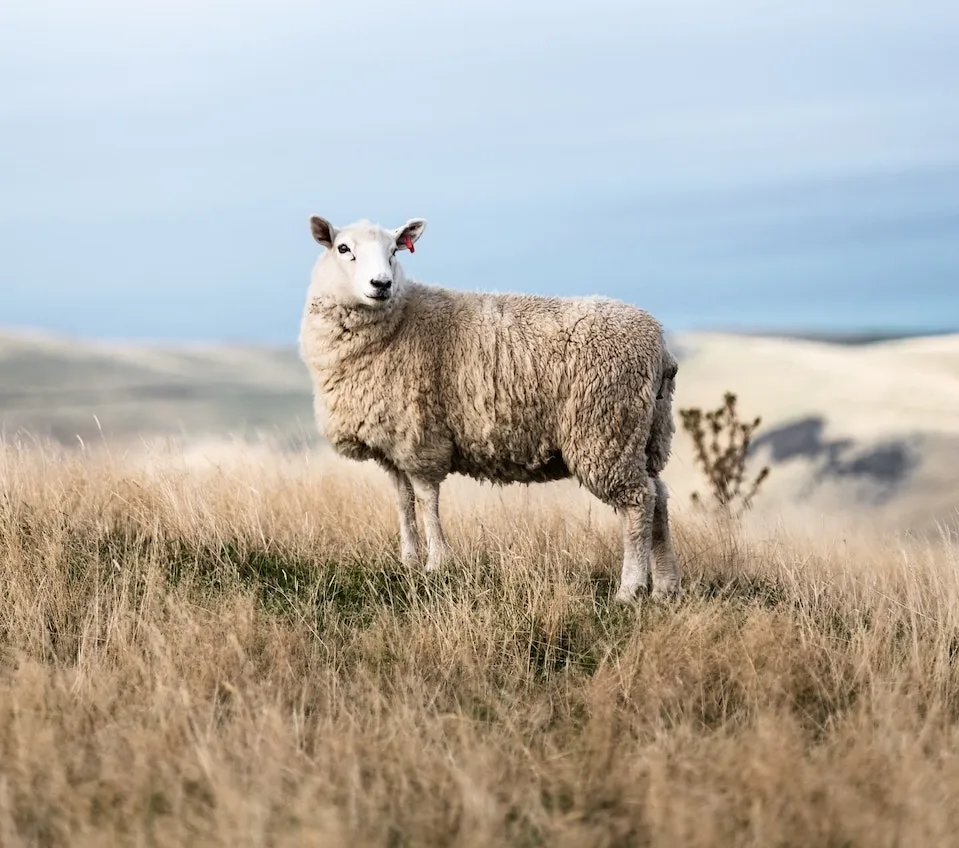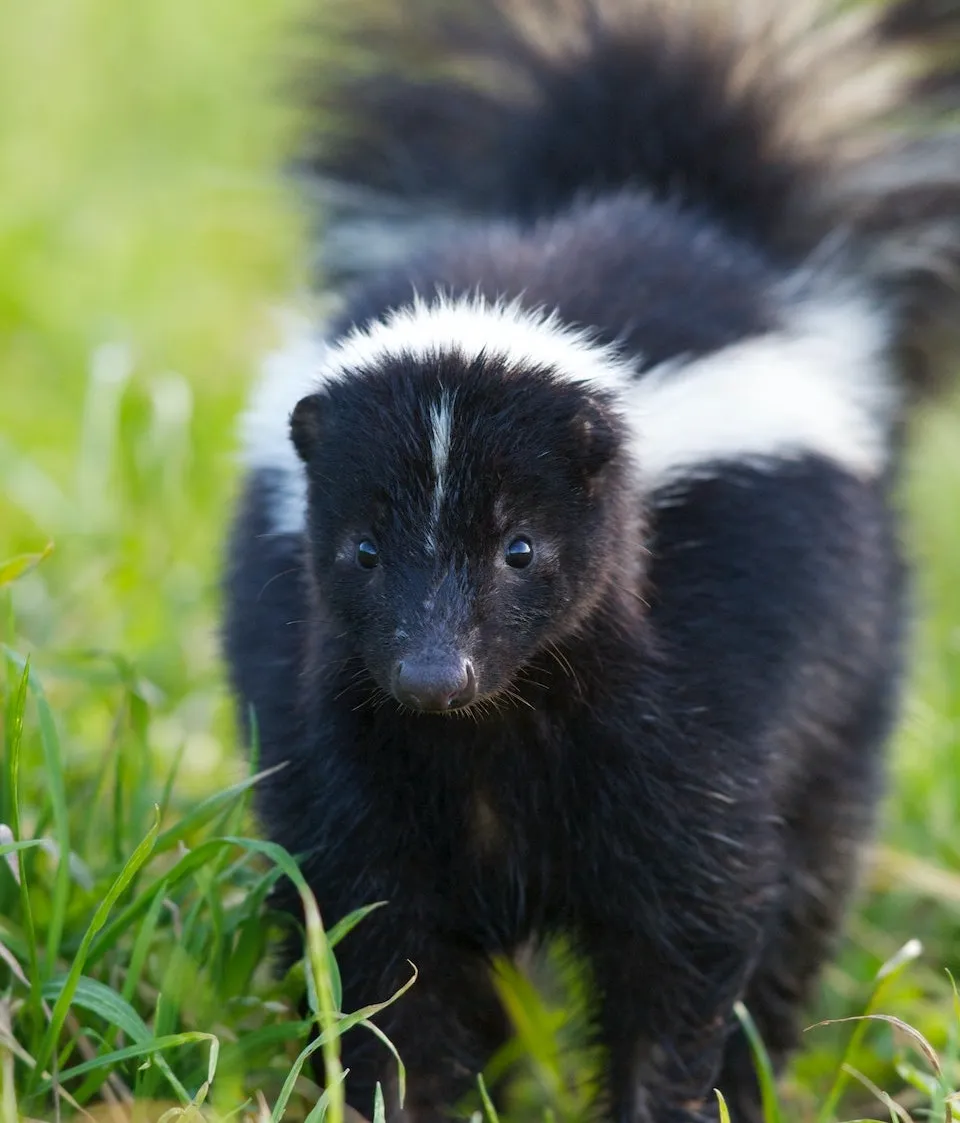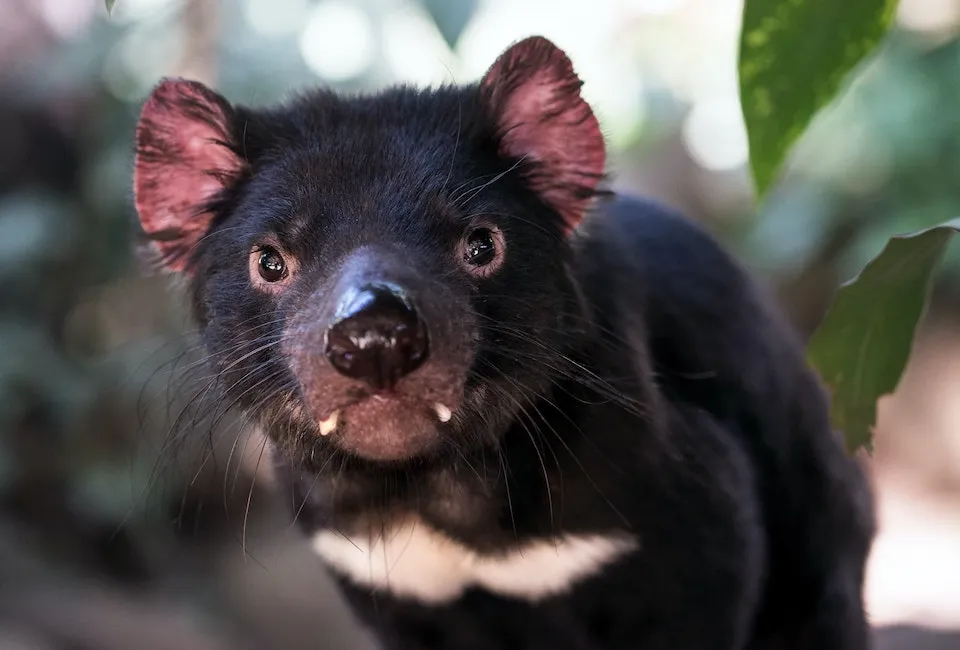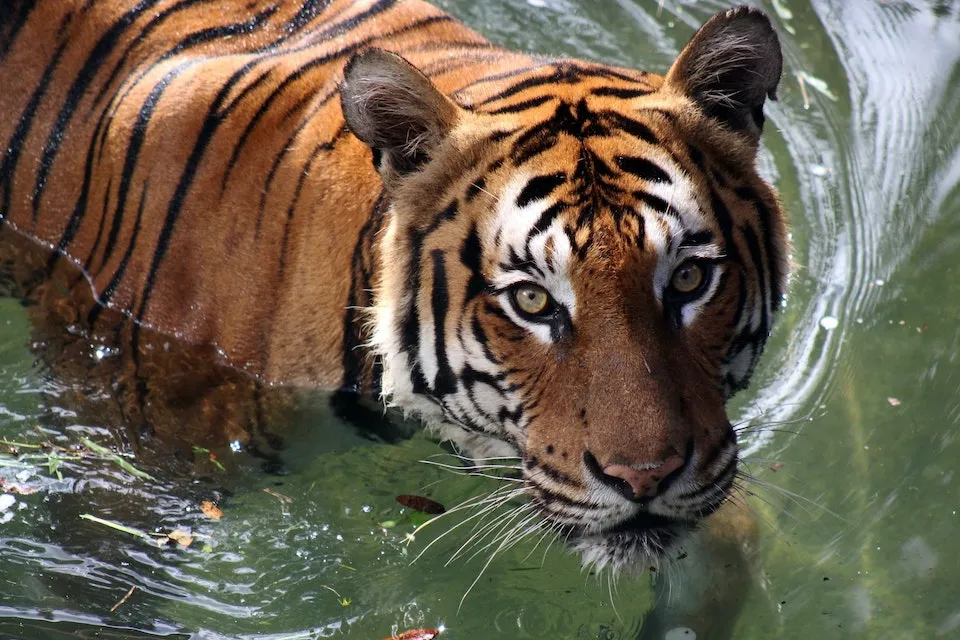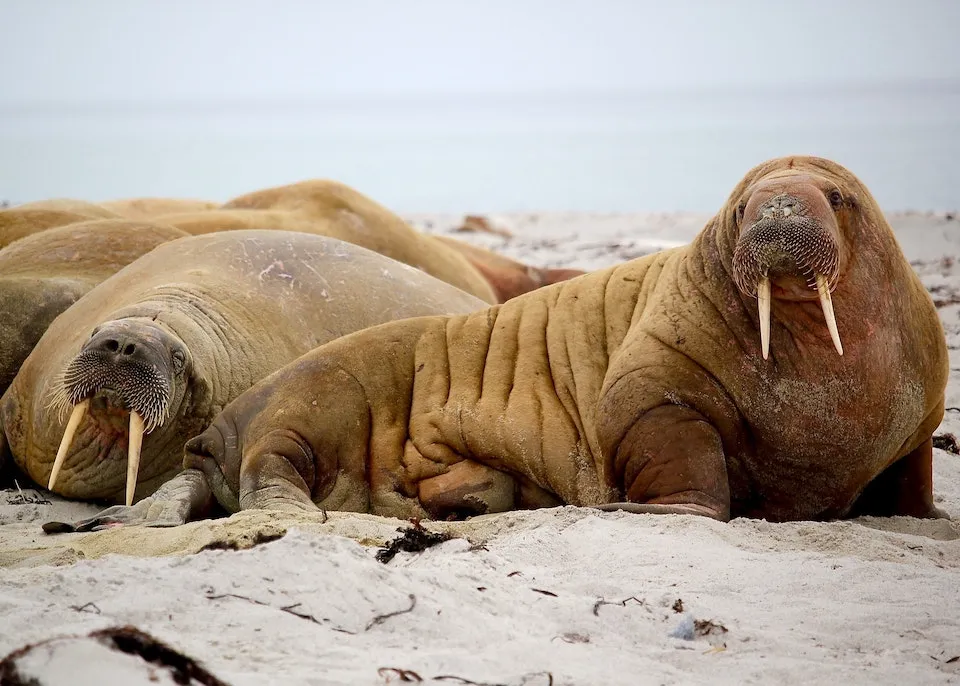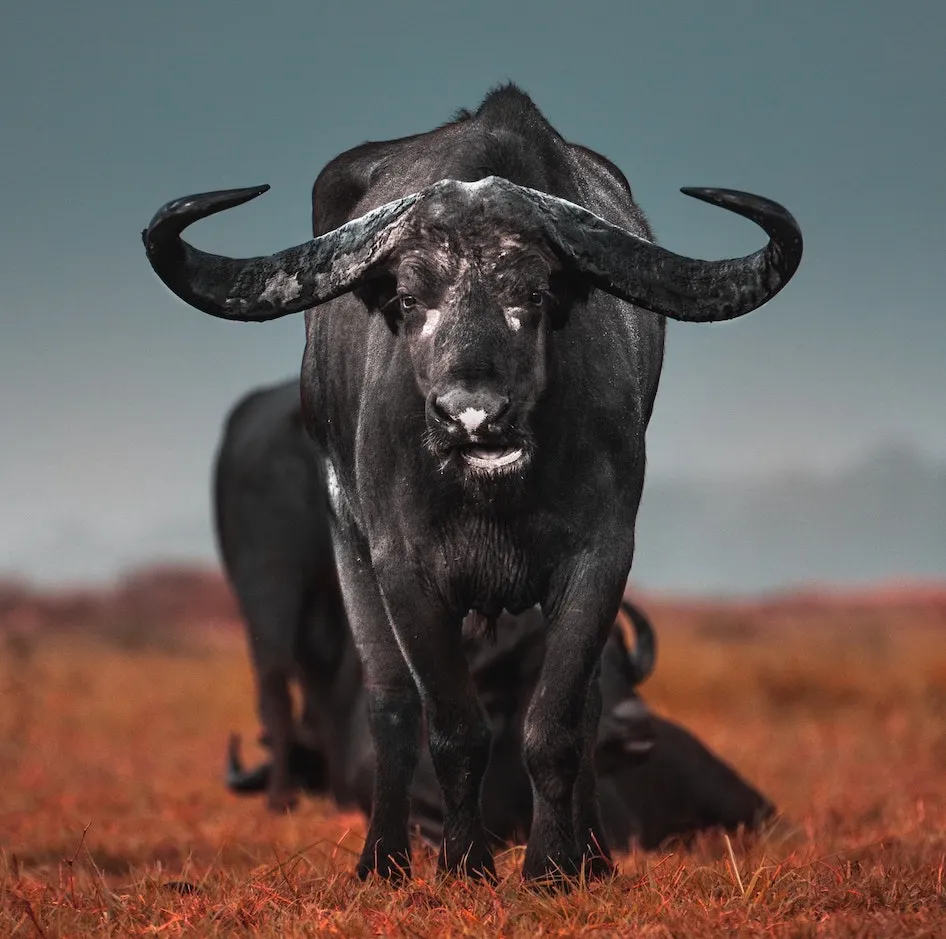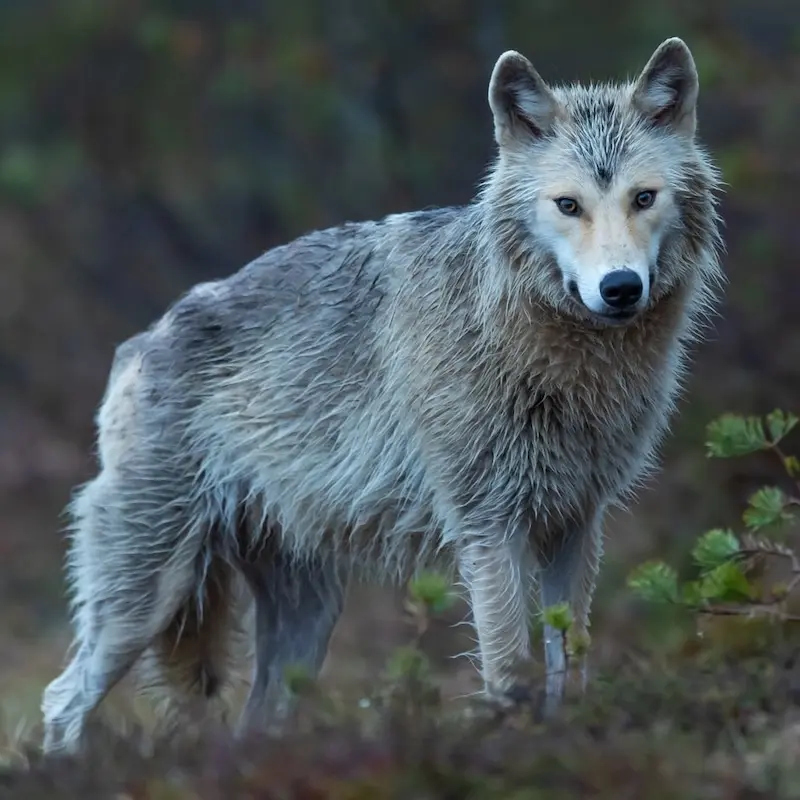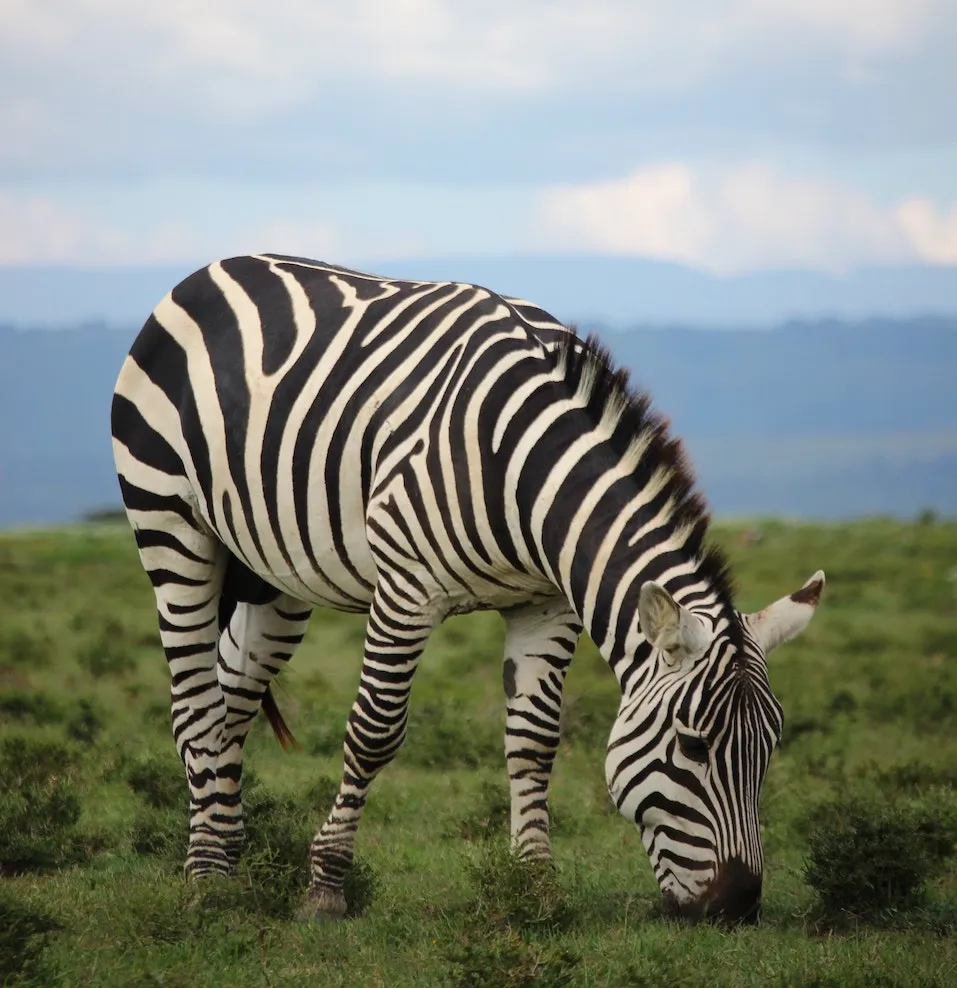Animals
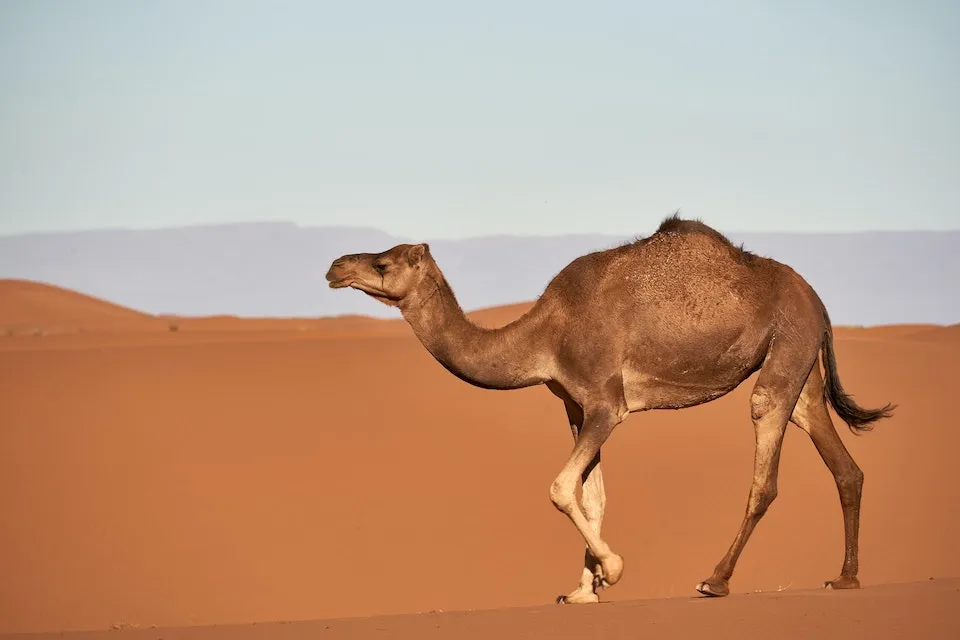
Arabian Camel
A camel's hump doesn't store water, but fat that can be converted to energy and water.
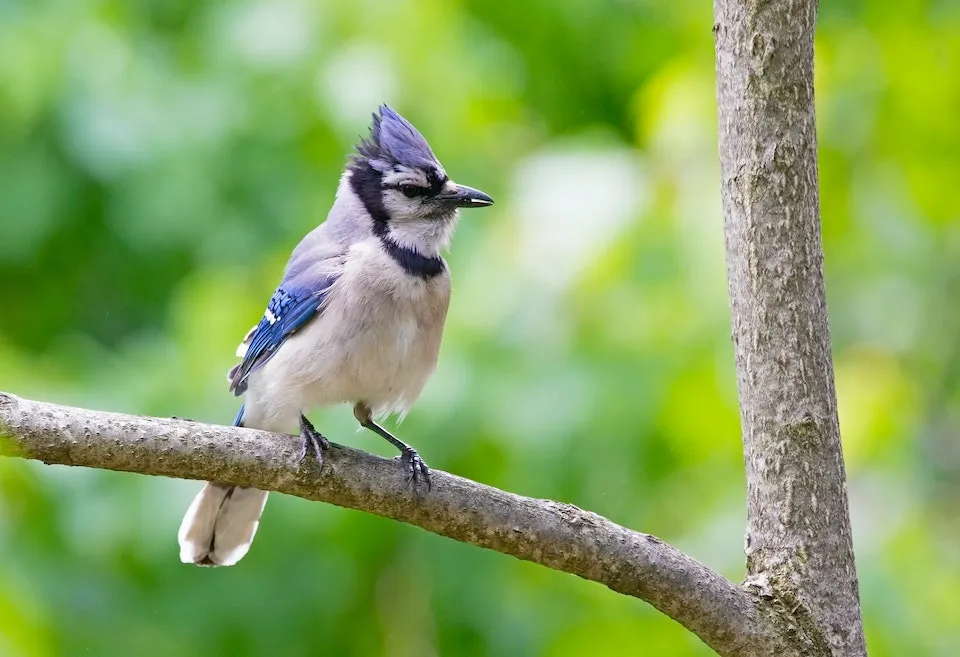
Blue Jay
Blue jays can mimic the calls of hawks, often to warn other jays of danger or to trick other birds.
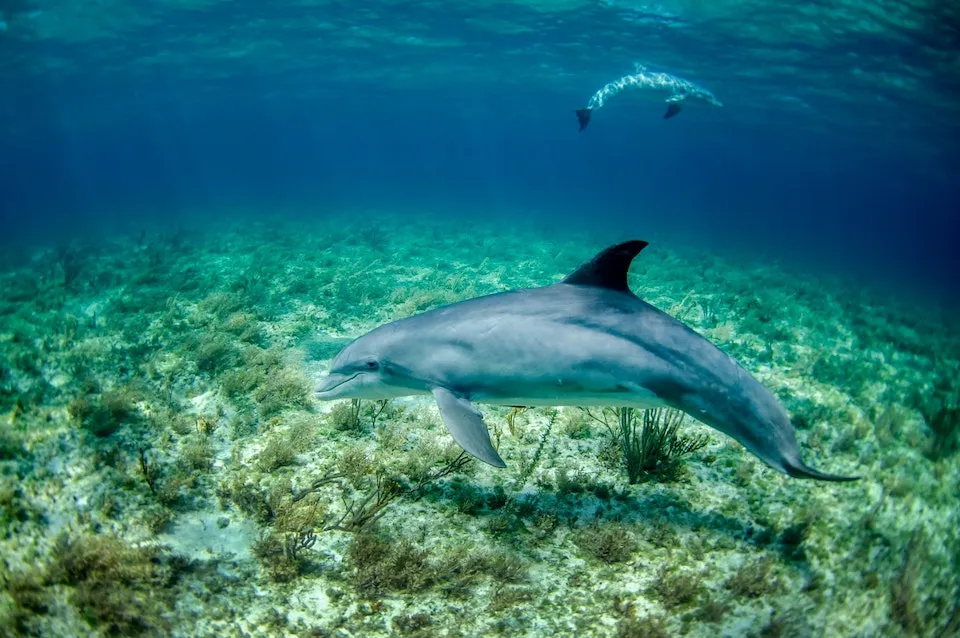
Bottlenose Dolphin
Dolphins sleep with one half of their brain at a time, keeping one eye open to watch for predators.
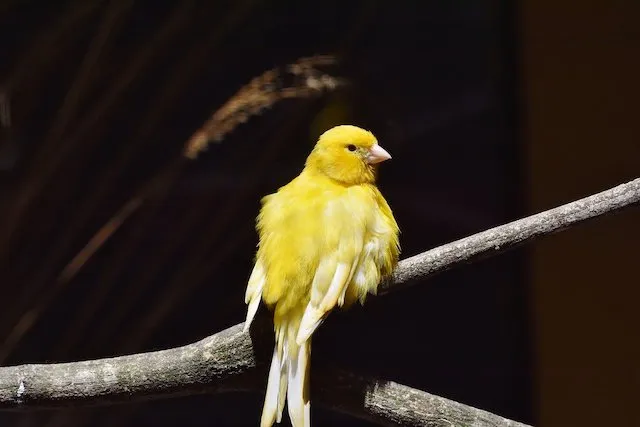
Canary
Male canaries are known for their singing, which they use to attract mates and defend territory.
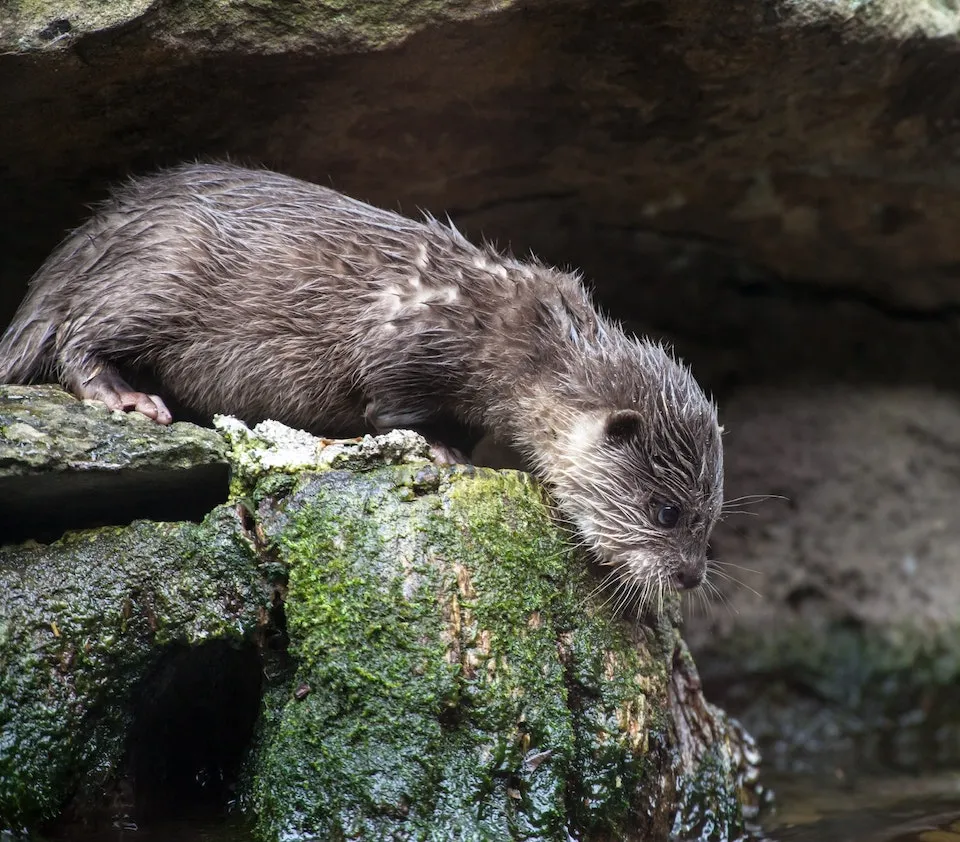
Common Otter
Otters have the thickest fur of any animal, with up to one million hairs per square inch.
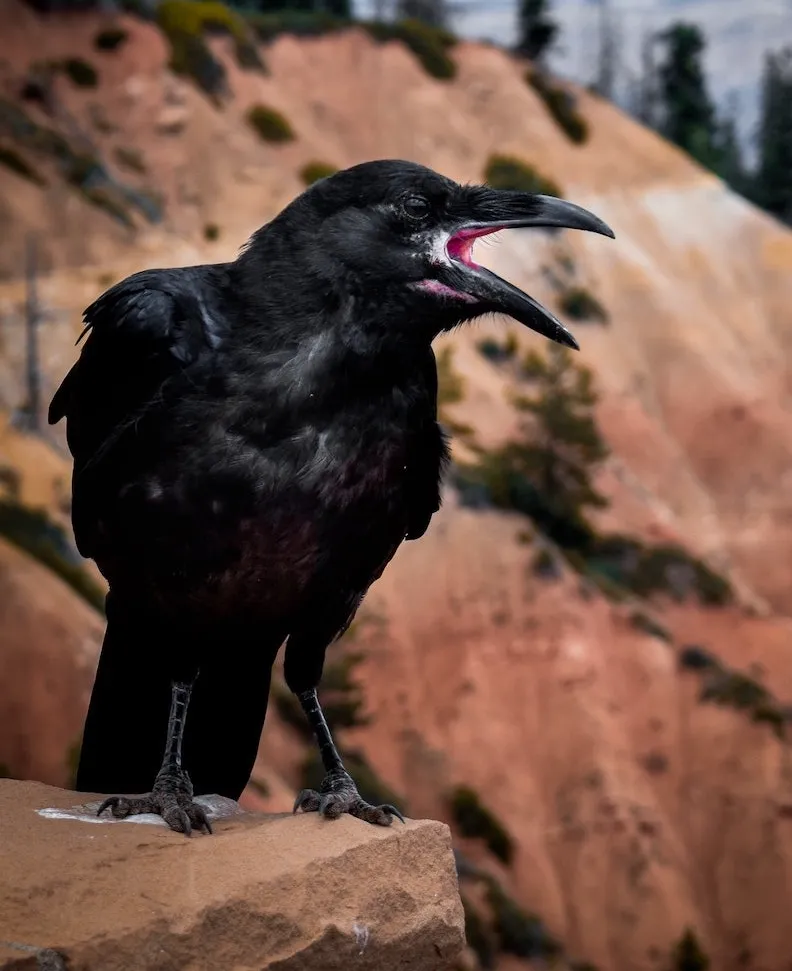
Common Raven
Ravens have been observed using 'gestures' to communicate, such as pointing with their beaks to indicate an object to another raven.
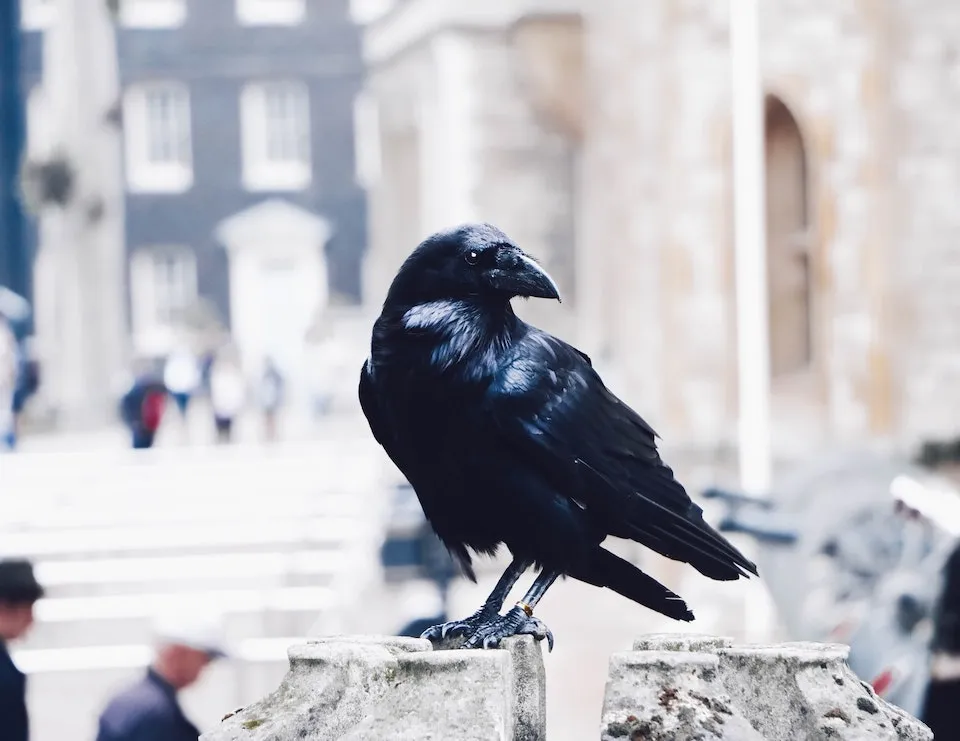
Crow
Crows can recognize individual human faces and hold grudges against people who have wronged them.
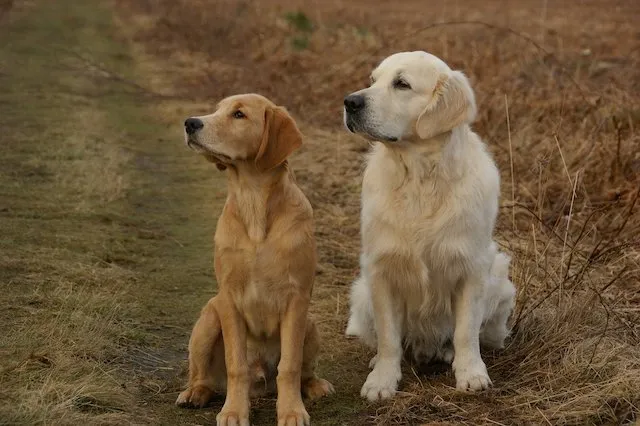
Domestic Dog
Dogs can understand up to 250 words and gestures, about the same as a 2-year-old child.
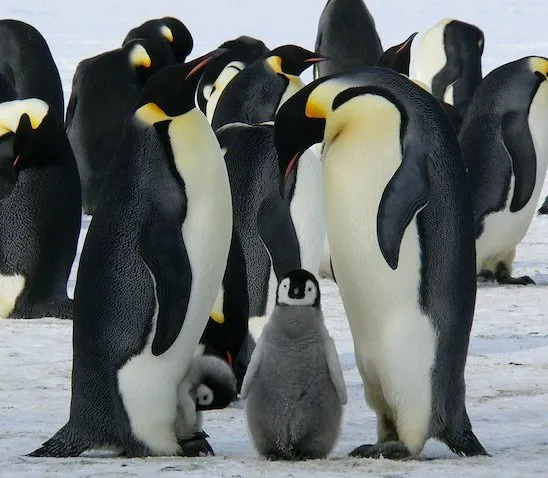
Emperor Penguin
Emperor penguins can dive up to 1,800 feet deep and hold their breath for up to 22 minutes.

European Cuckoo
Male cuckoos can mimic the call of a sparrowhawk to scare other birds away from their nests.
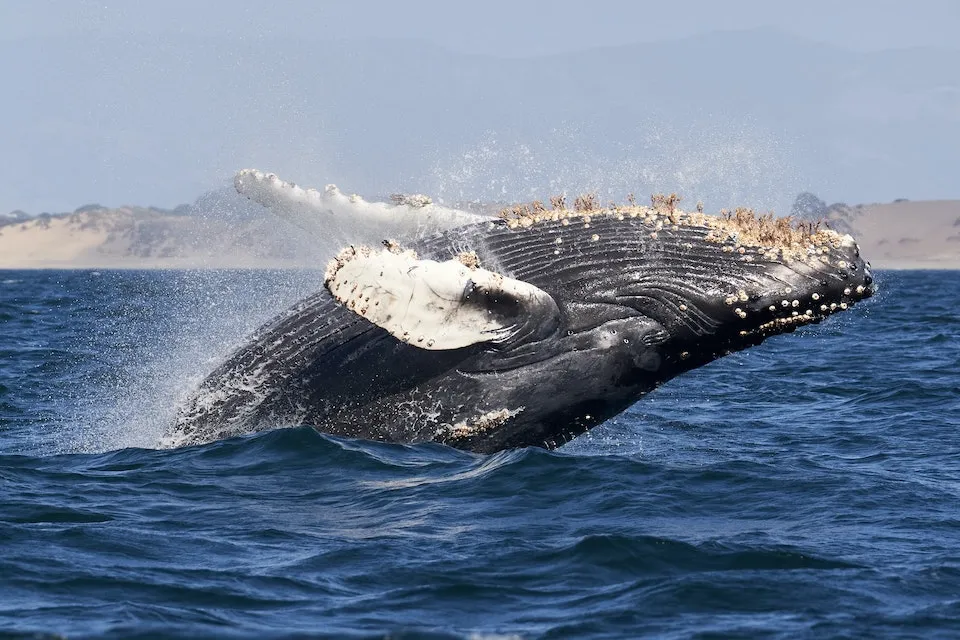
Humpback Whale
Humpback whales create the loudest sound of any living creature, audible up to 500 miles away.
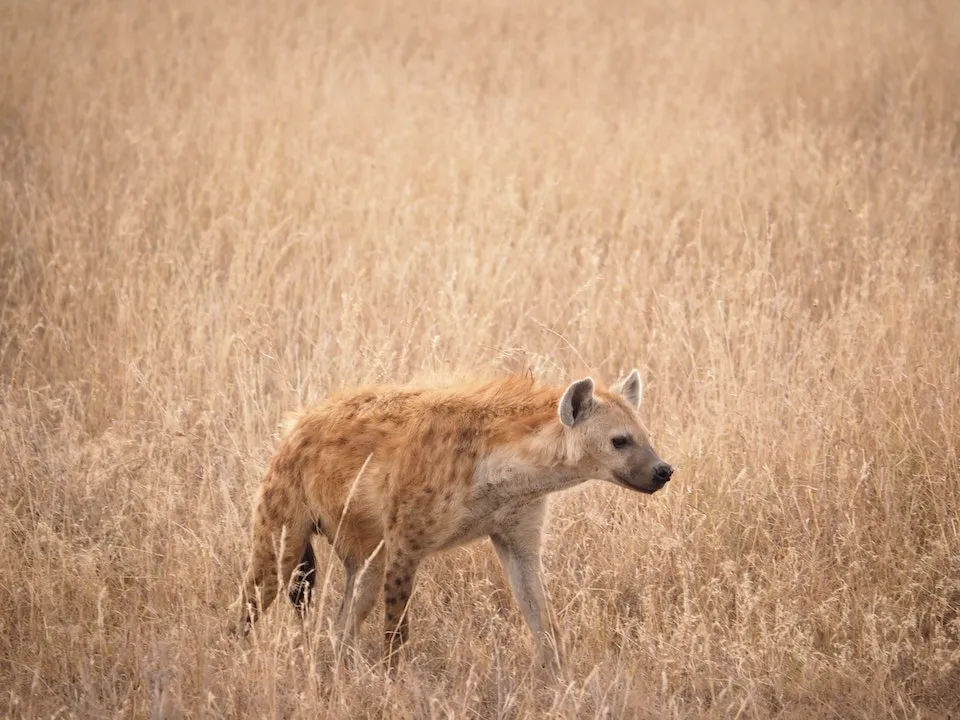
Hyena
Hyena 'laughter' is actually a form of communication that can mean different things, from excitement to frustration.

Icelandic Horse
Icelandic horses have two additional gaits compared to other horse breeds: the tölt and the flying pace.
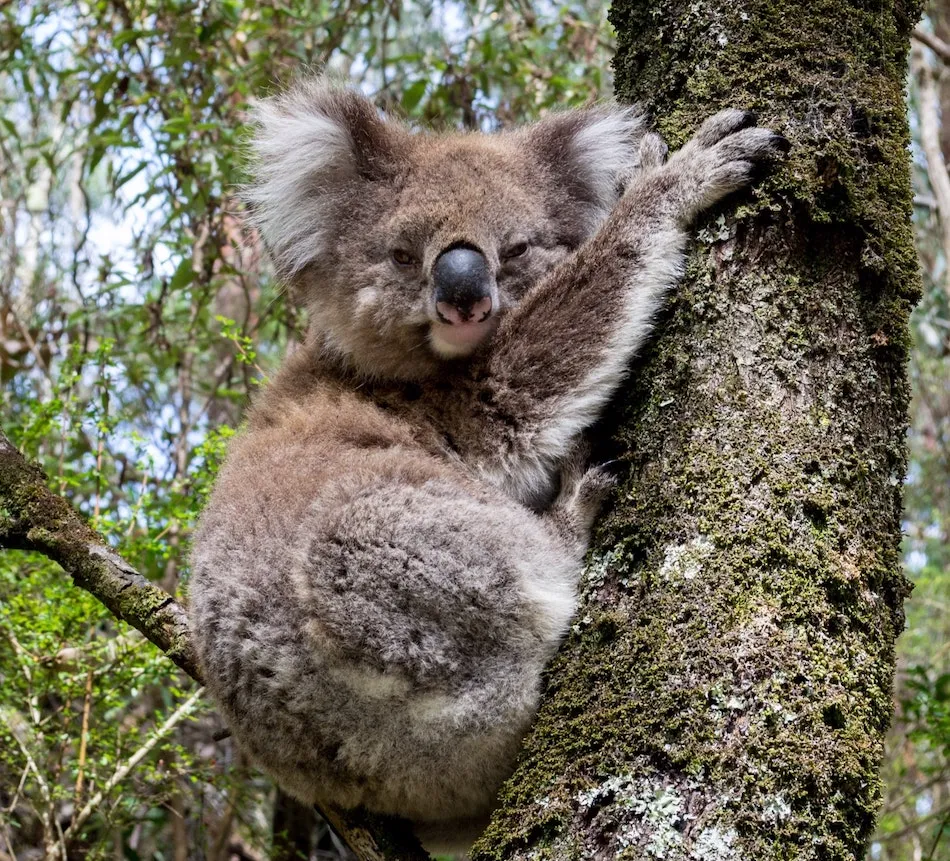
Koala
Koalas' fingerprints are so similar to humans' that they have on occasion been confused at a crime scene.
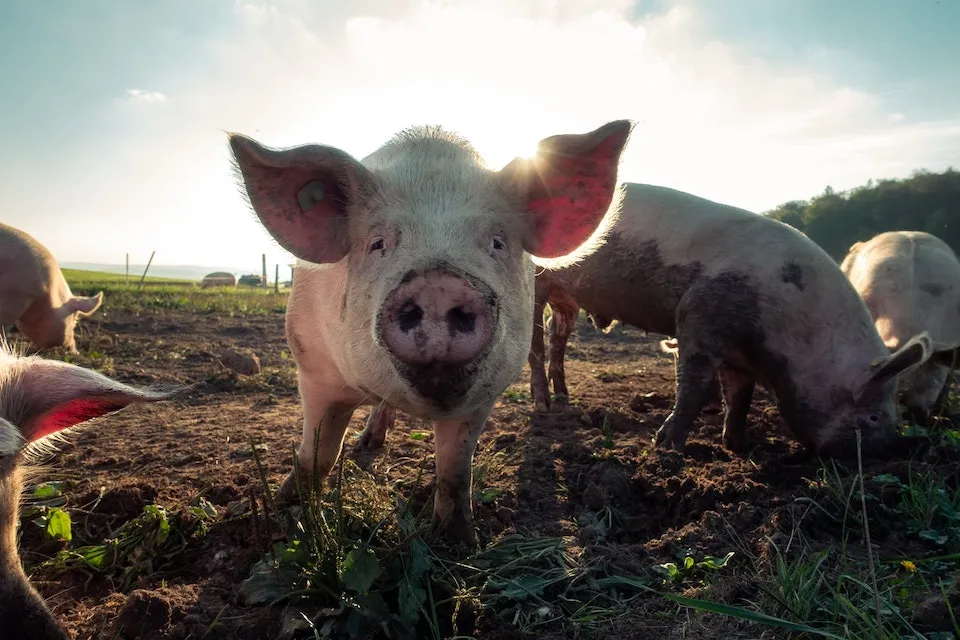
Pig
Pigs are one of the smartest domestic animals, with intelligence comparable to that of a 3-year-old human child.
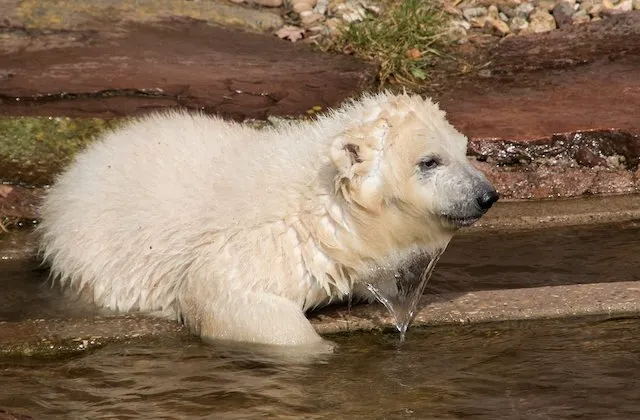
Polar Bear Cub
Polar bear cubs often stay with their mothers for up to 2-3 years, learning crucial survival skills.

Puppy
Puppies are born deaf and blind, with their eyes and ears sealed shut until about two weeks of age.
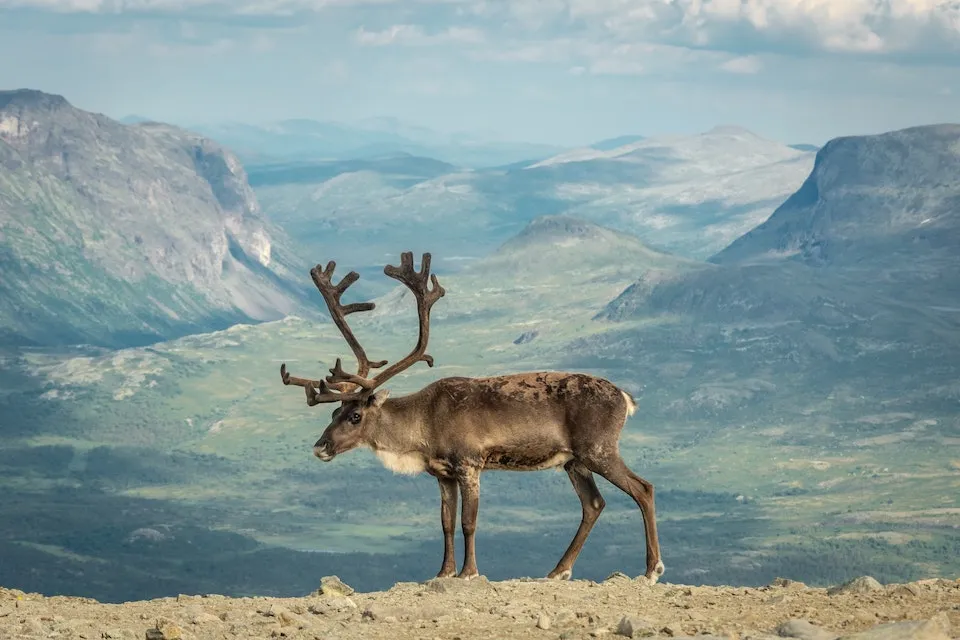
Reindeer
Reindeer eyes change color from golden in summer to blue in winter to adapt to changing light conditions.
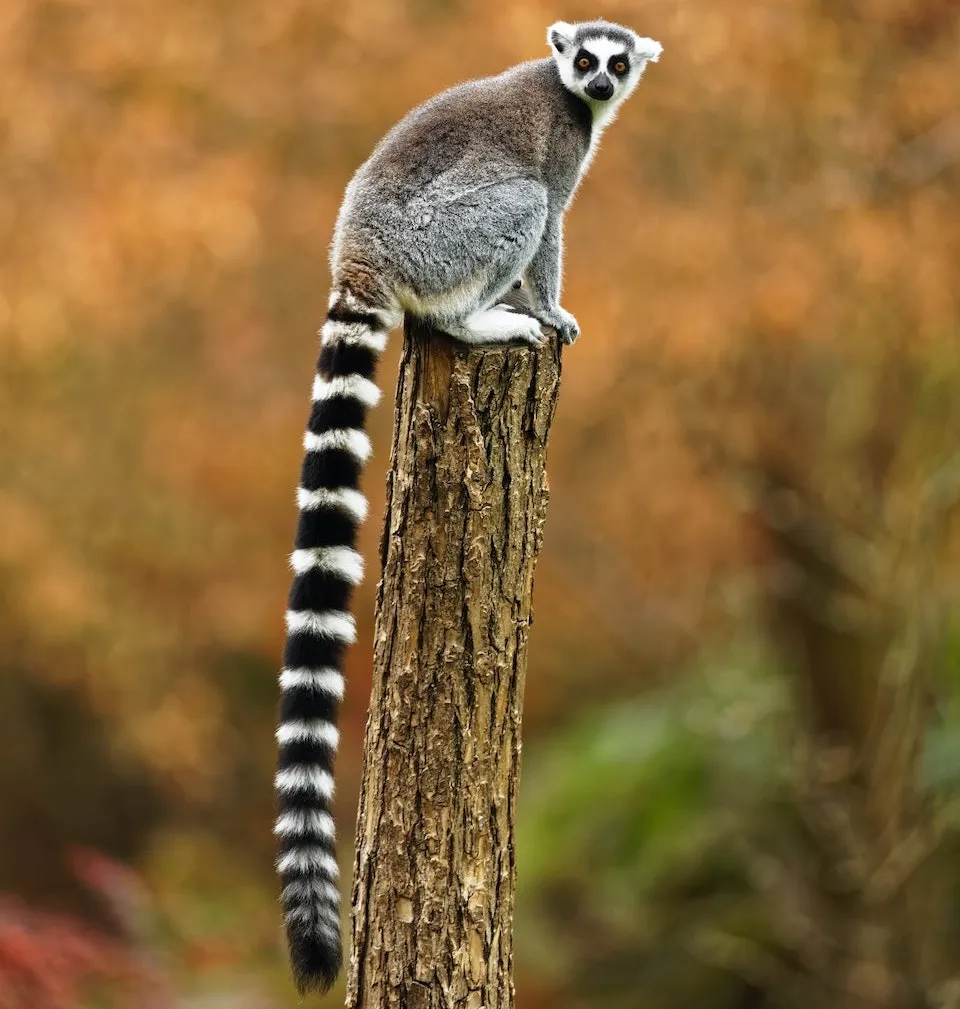
Ring-tailed Lemur
Ring-tailed lemurs spend about 33% of their day sunbathing in a yoga-like sitting position.
